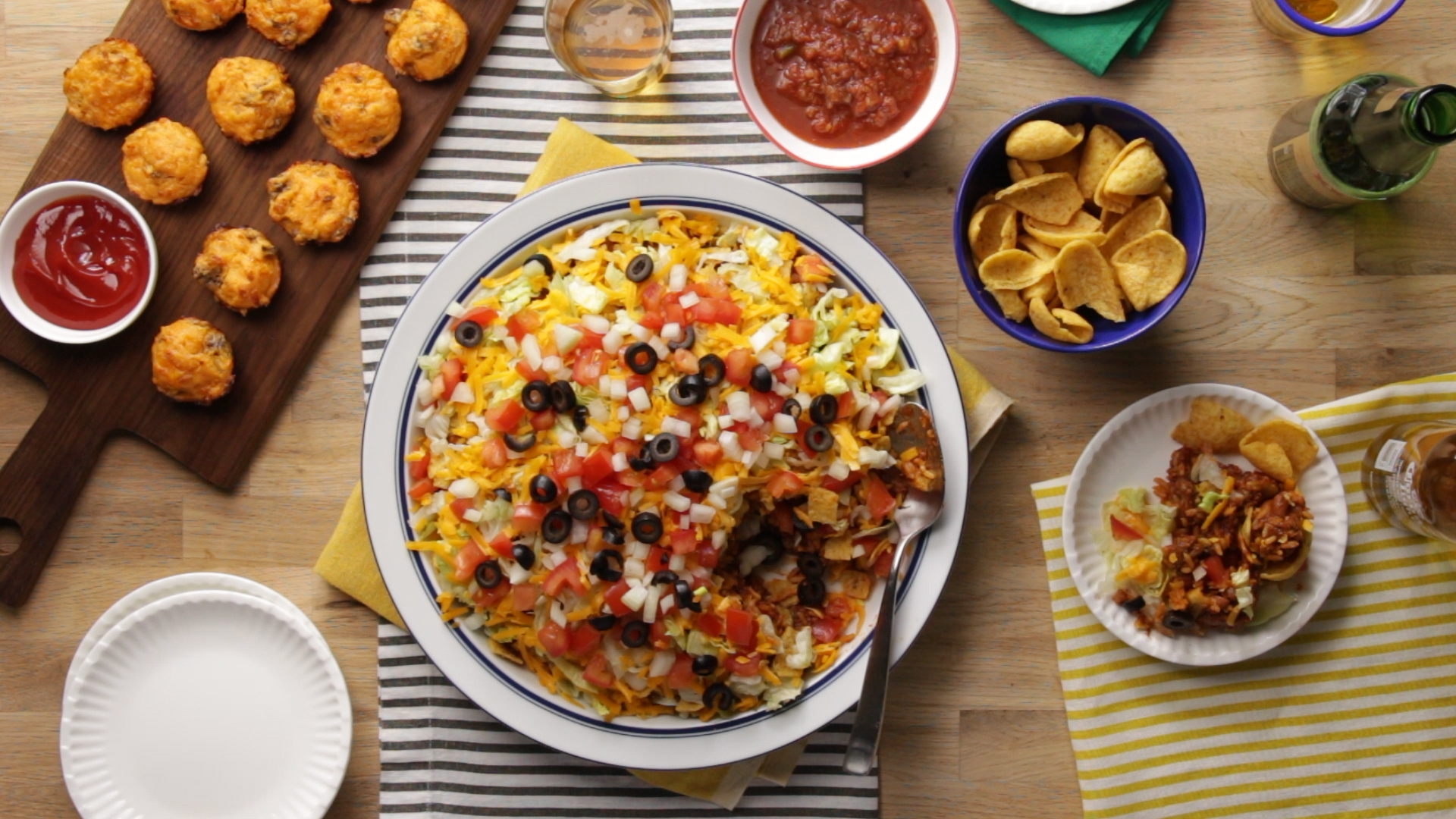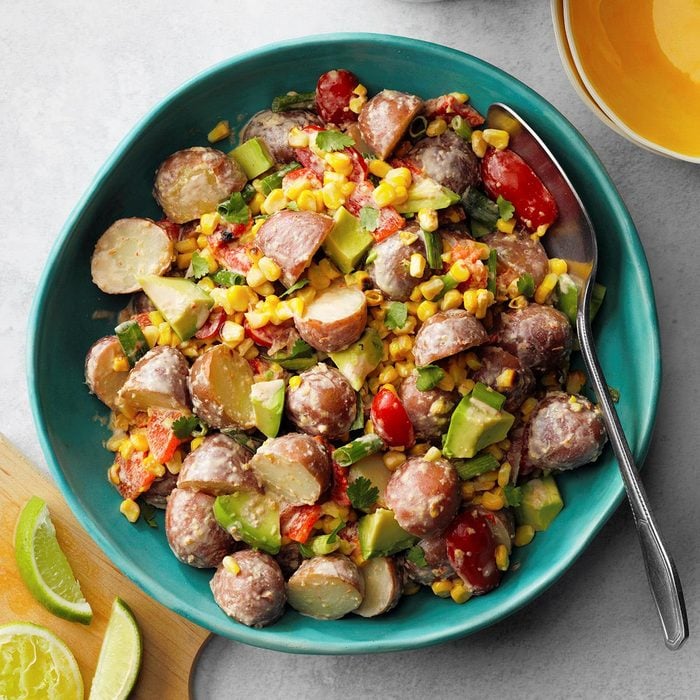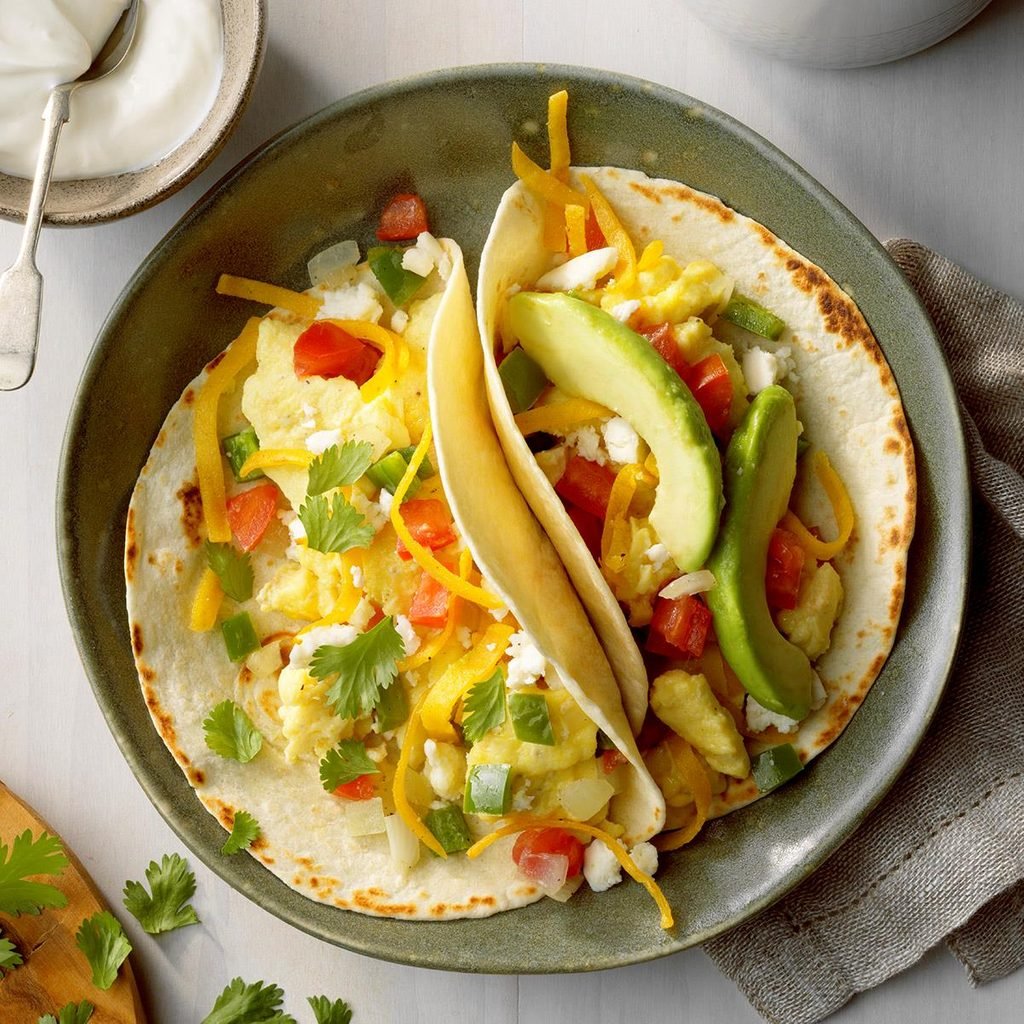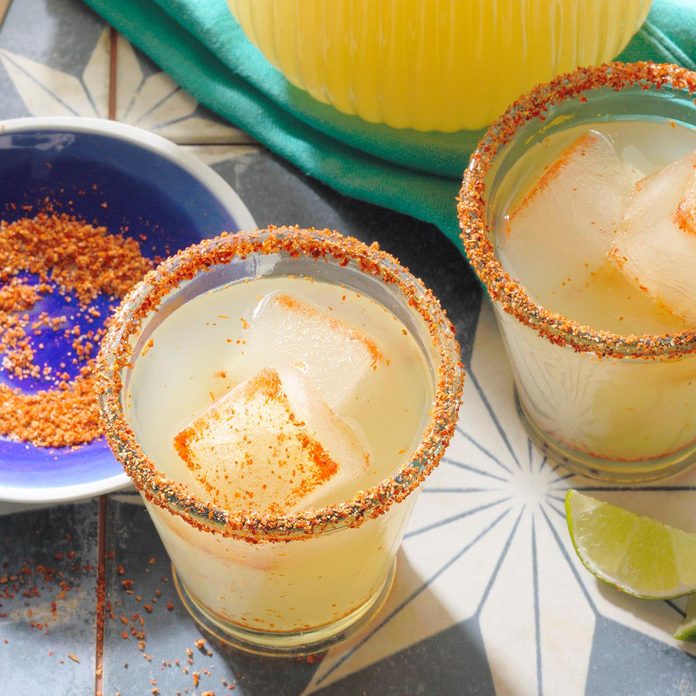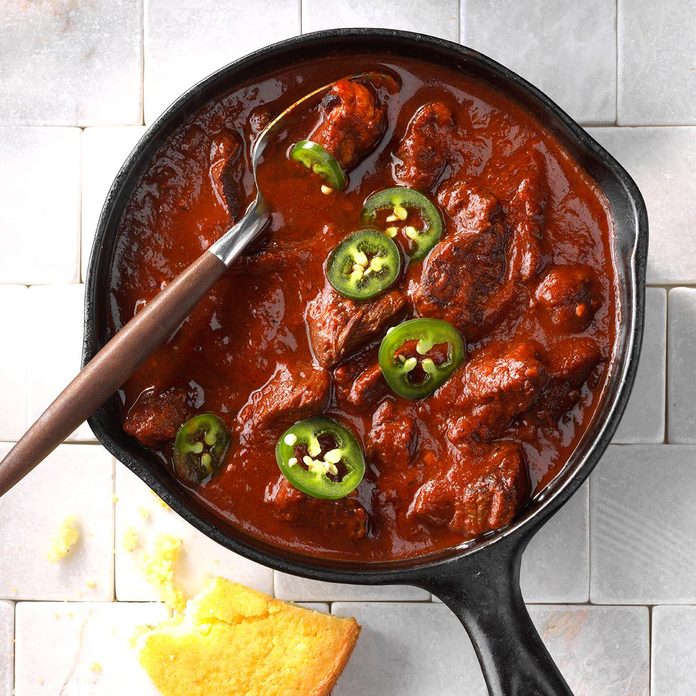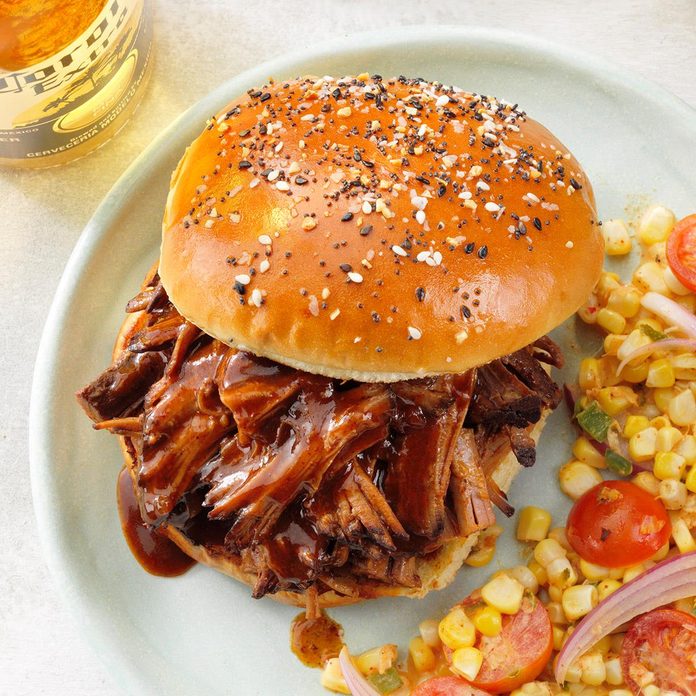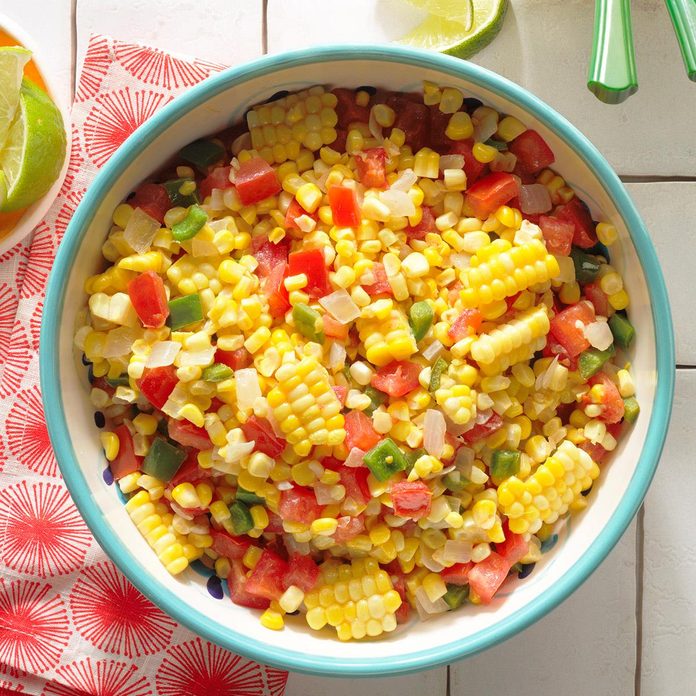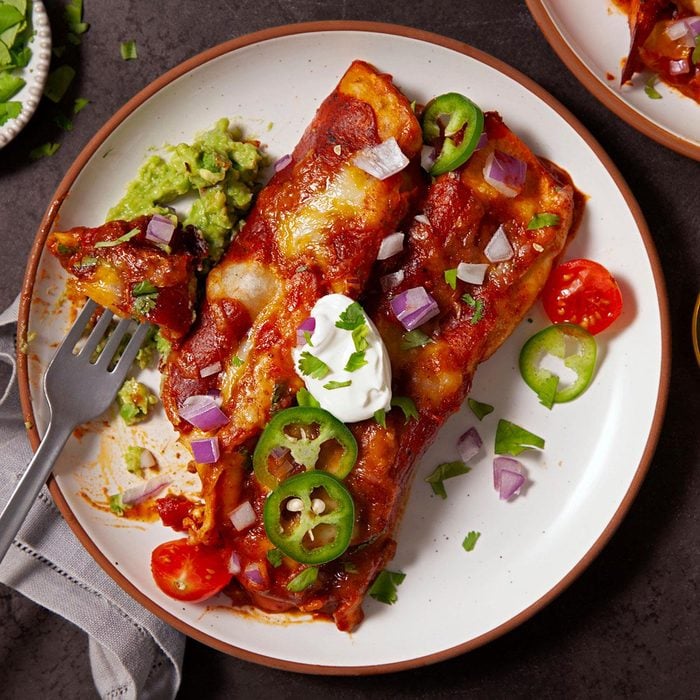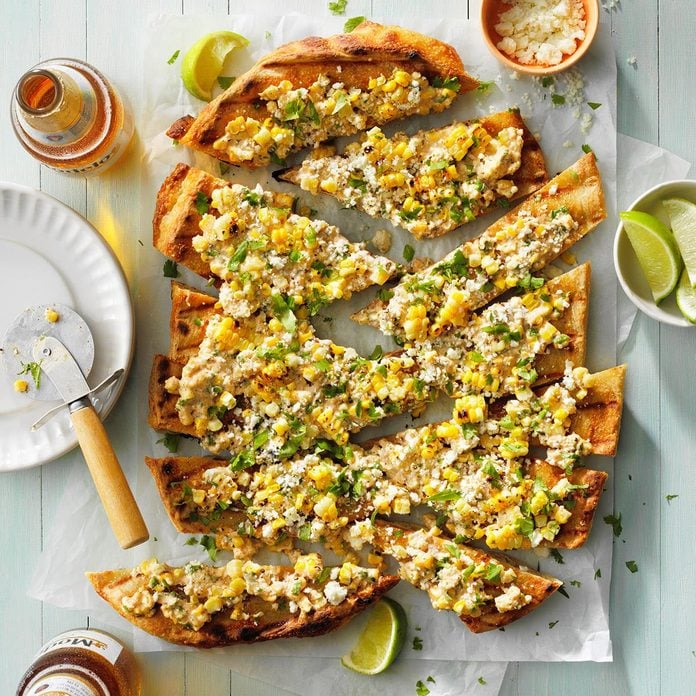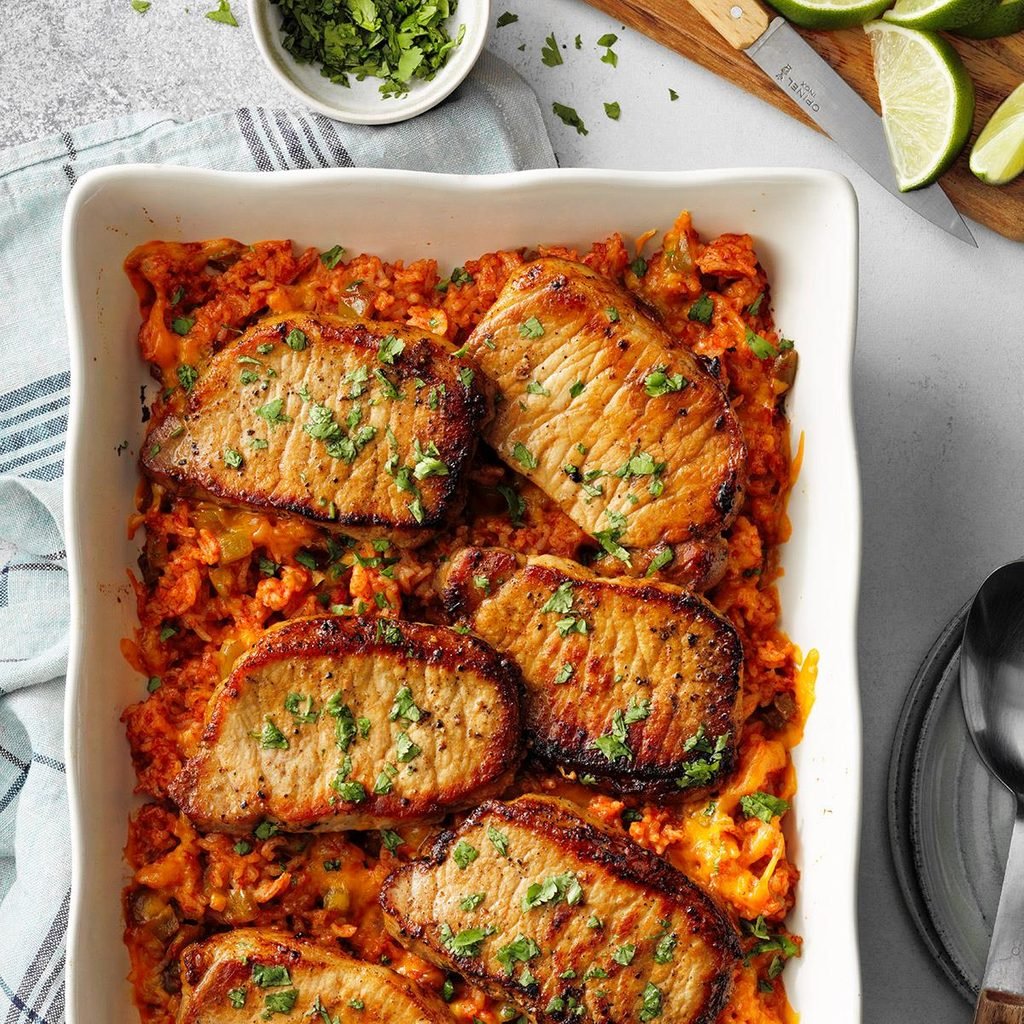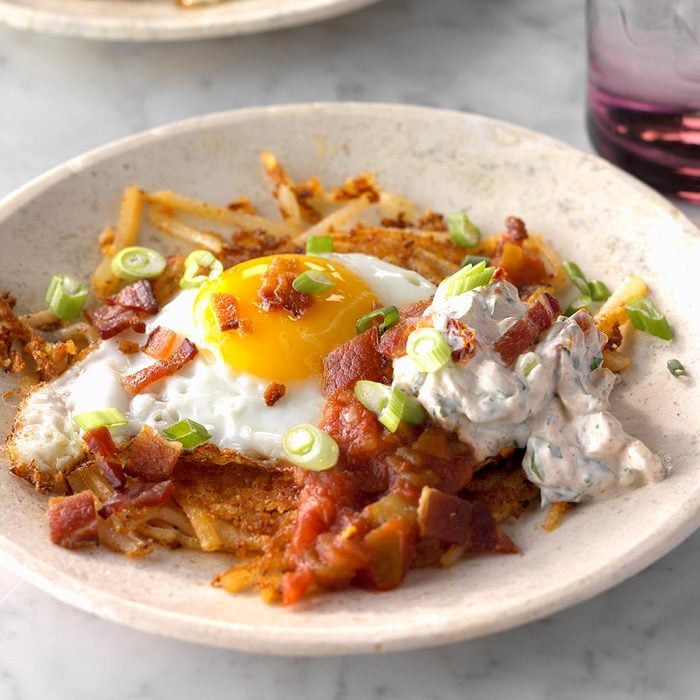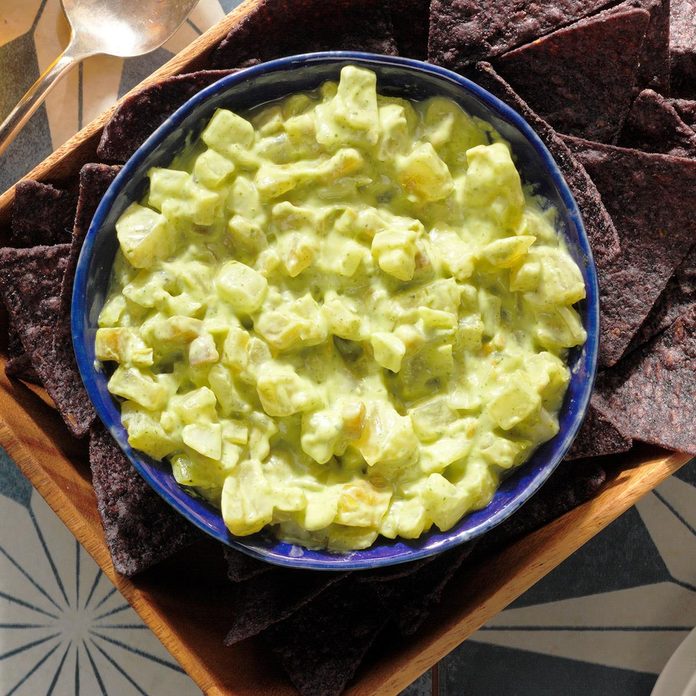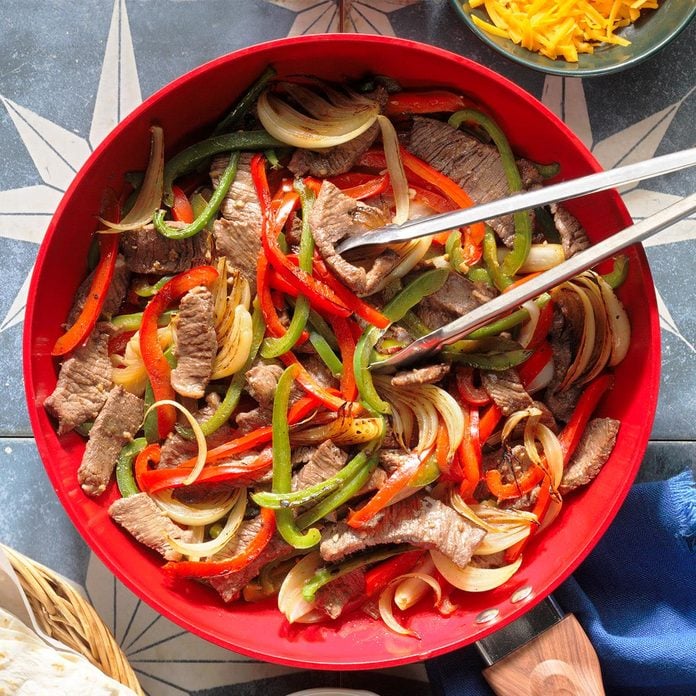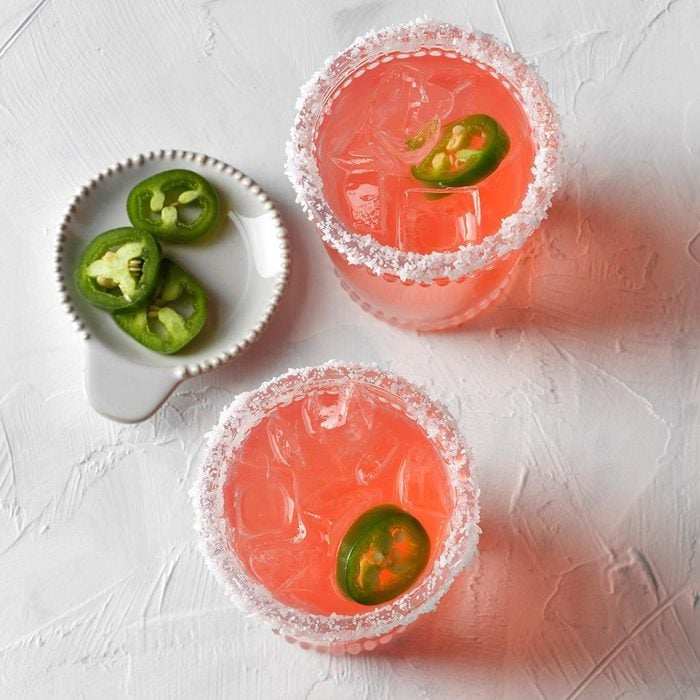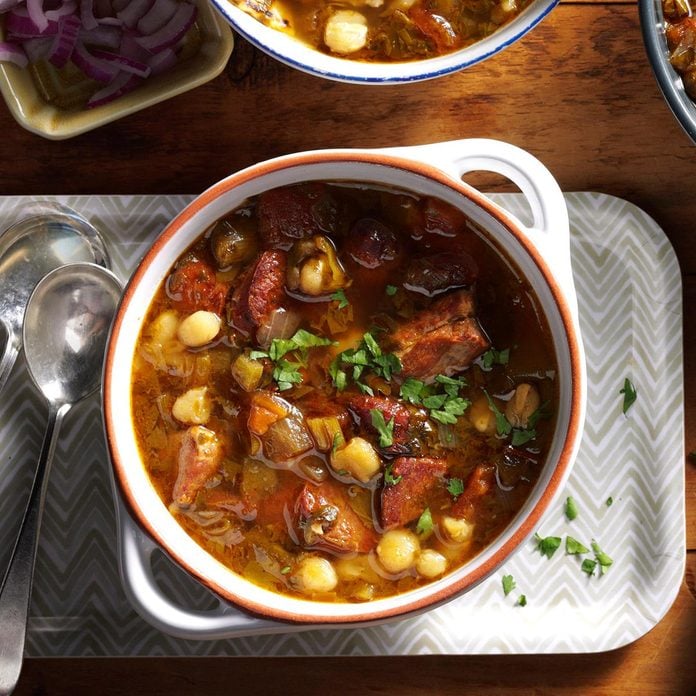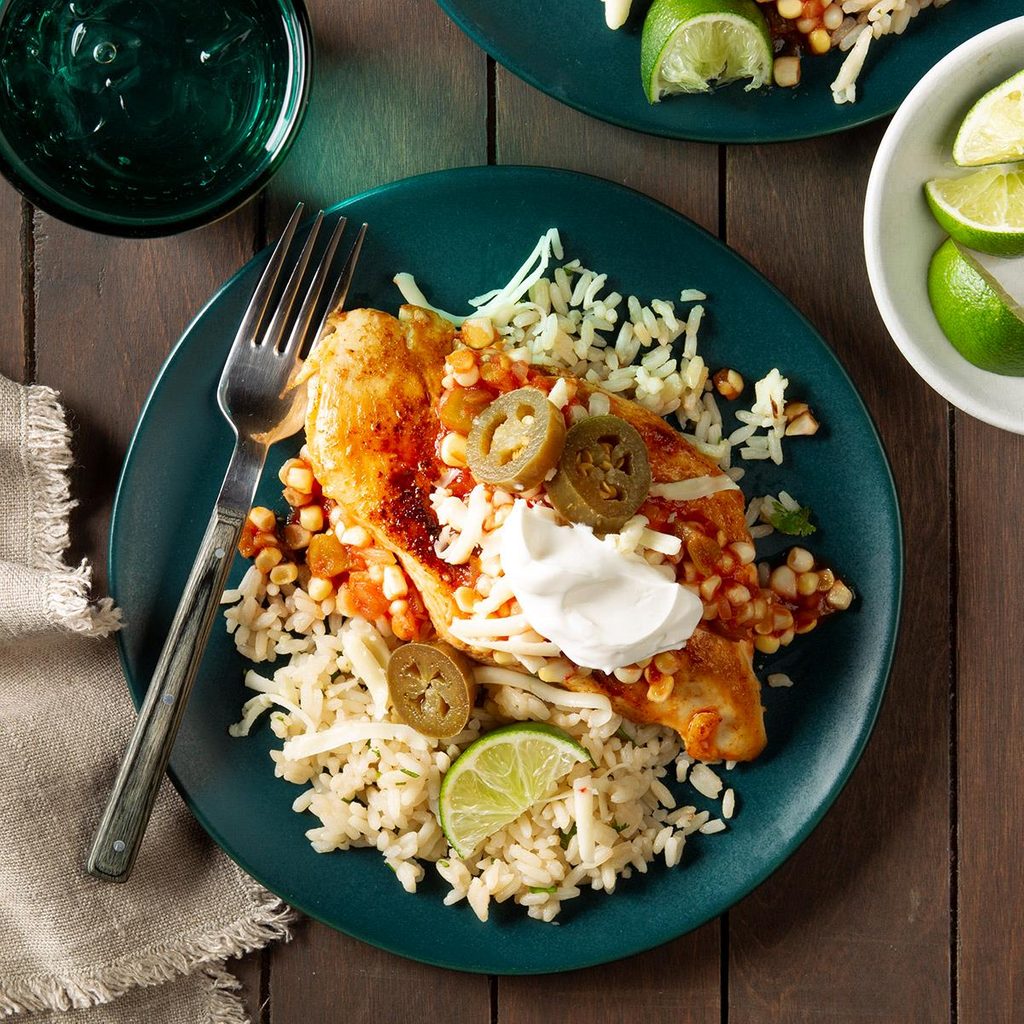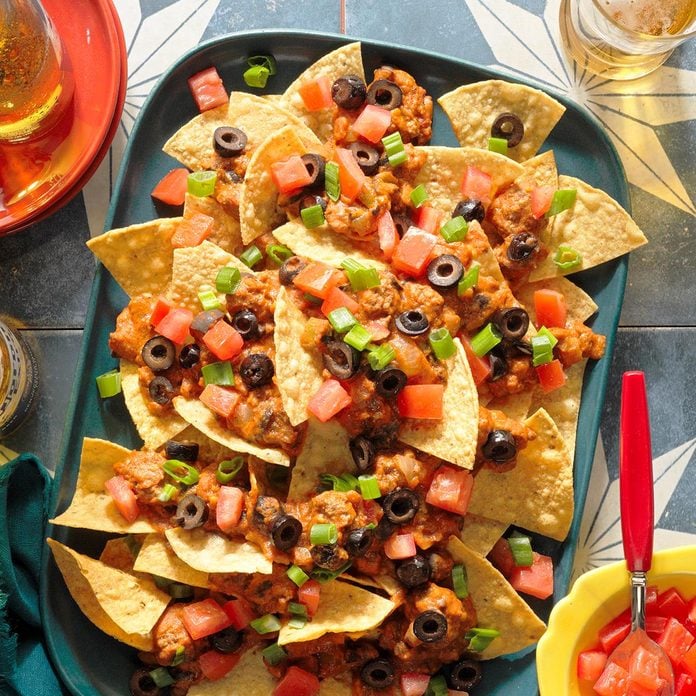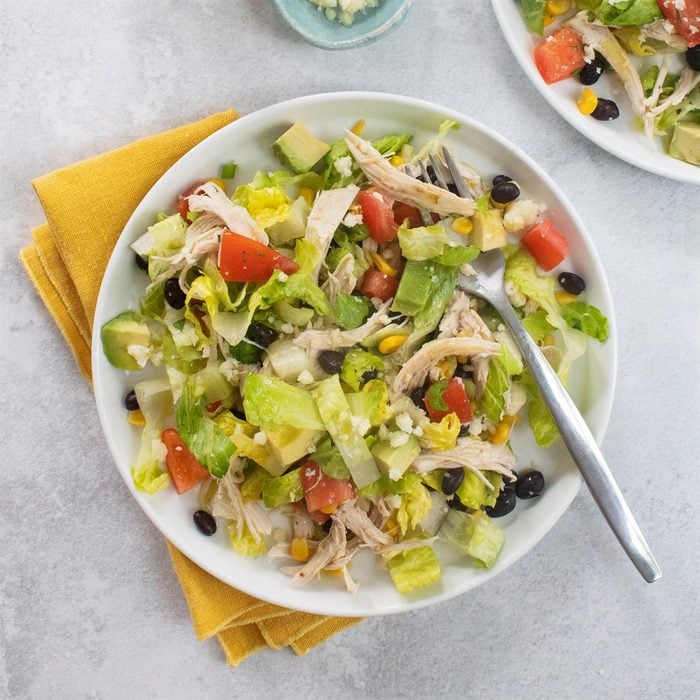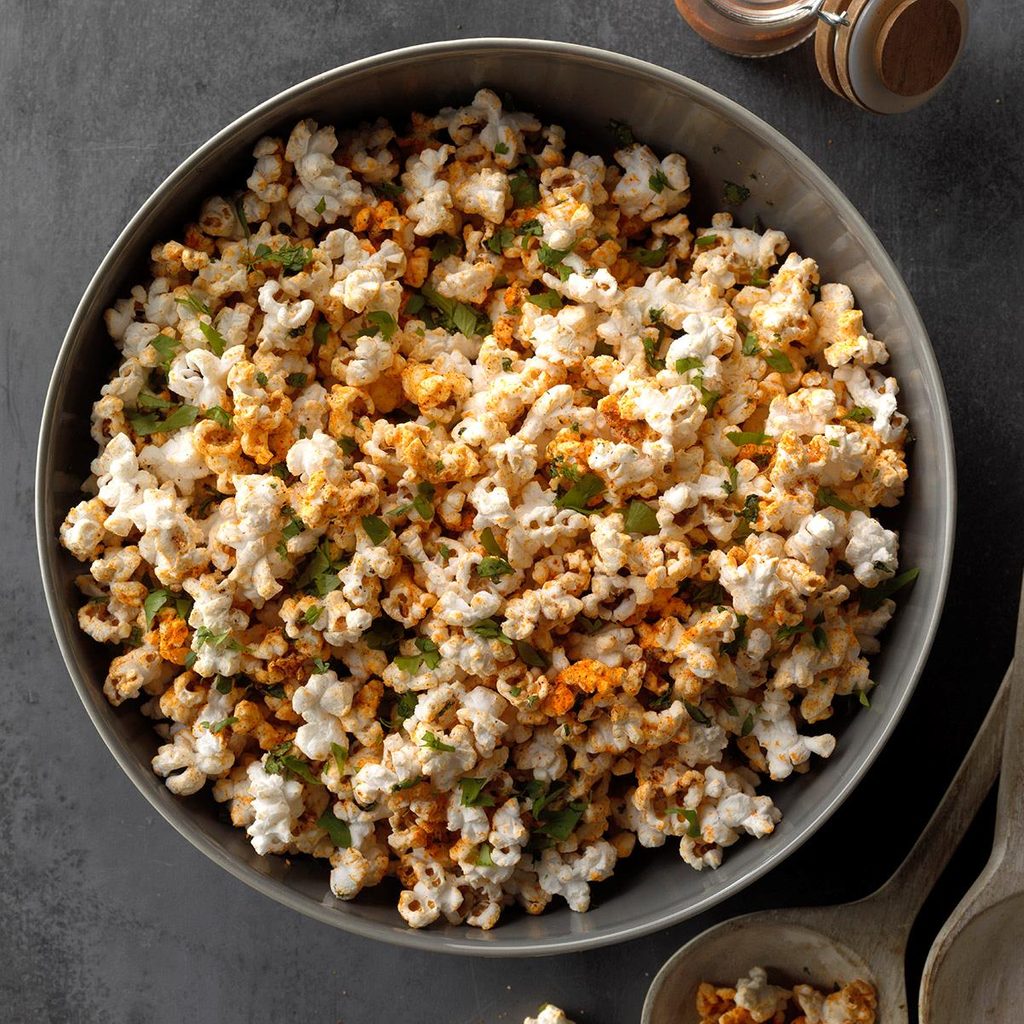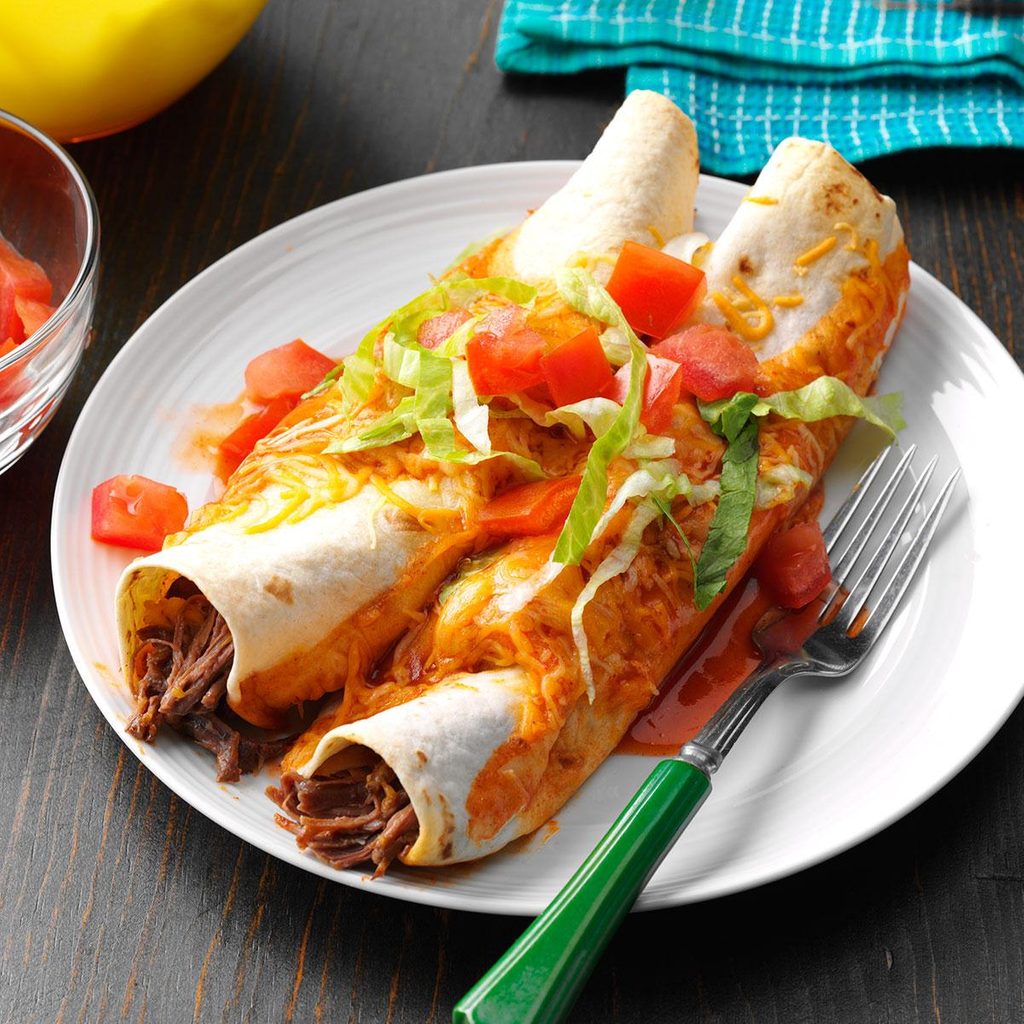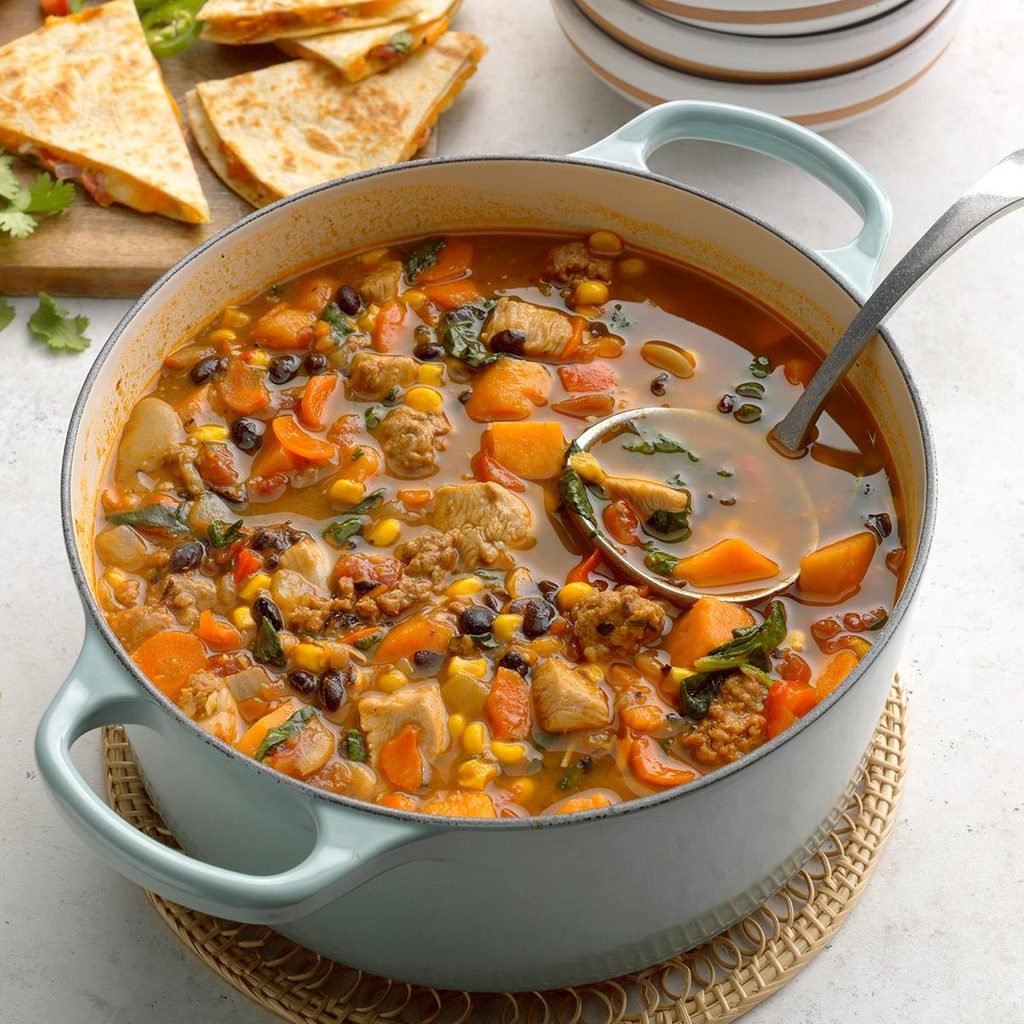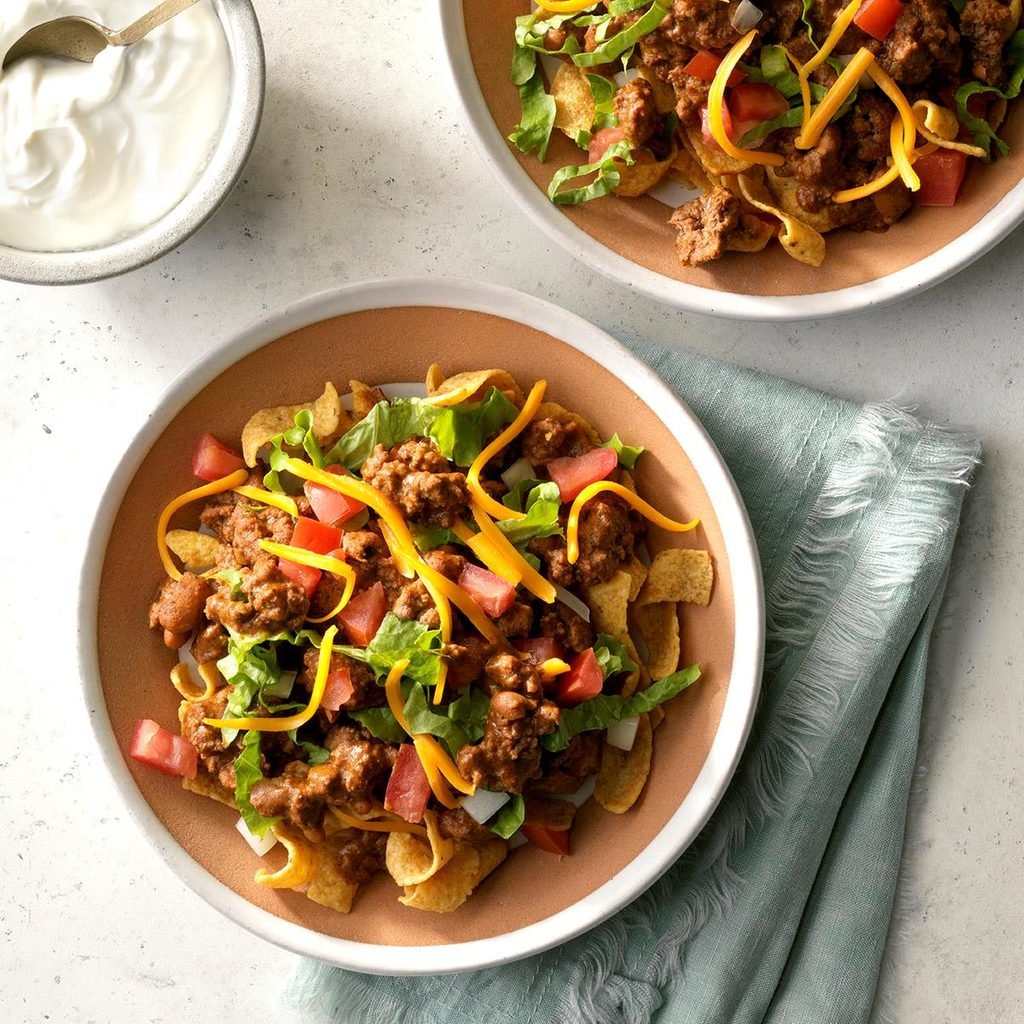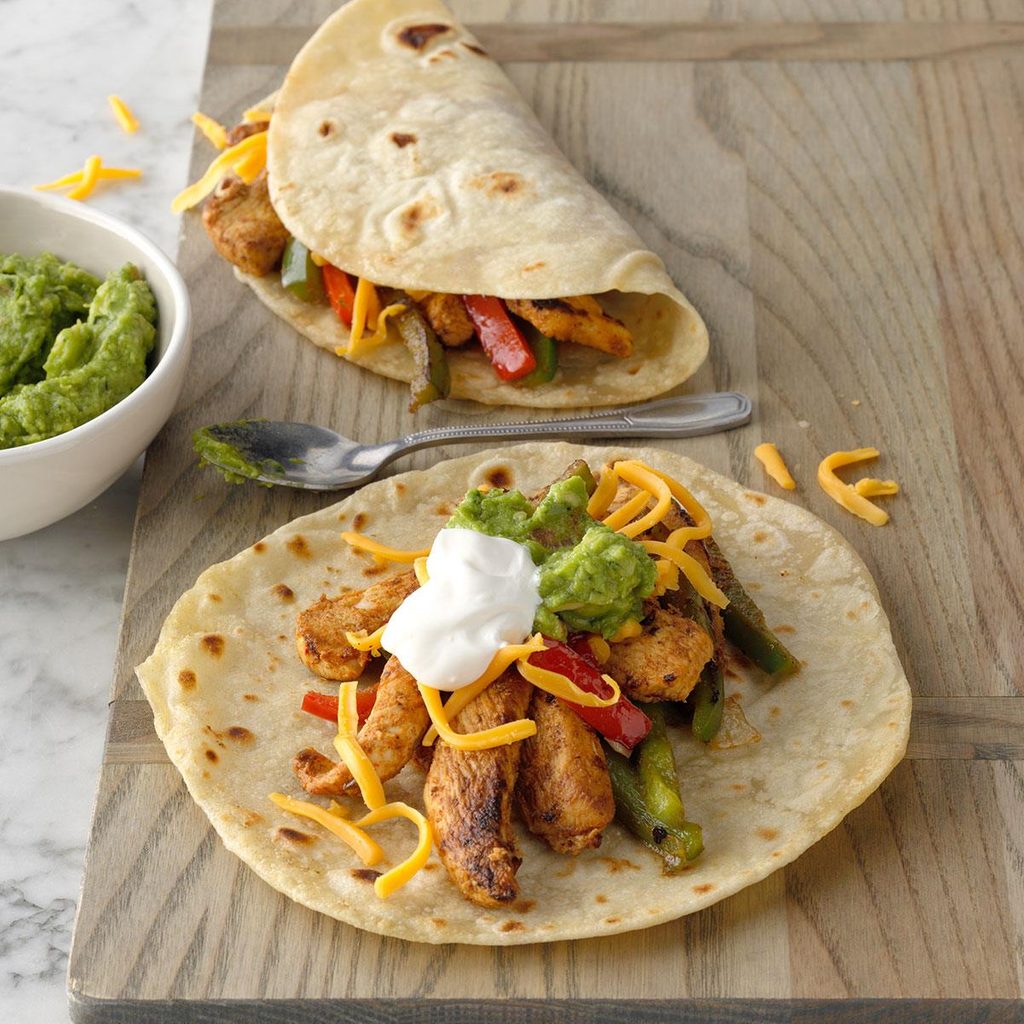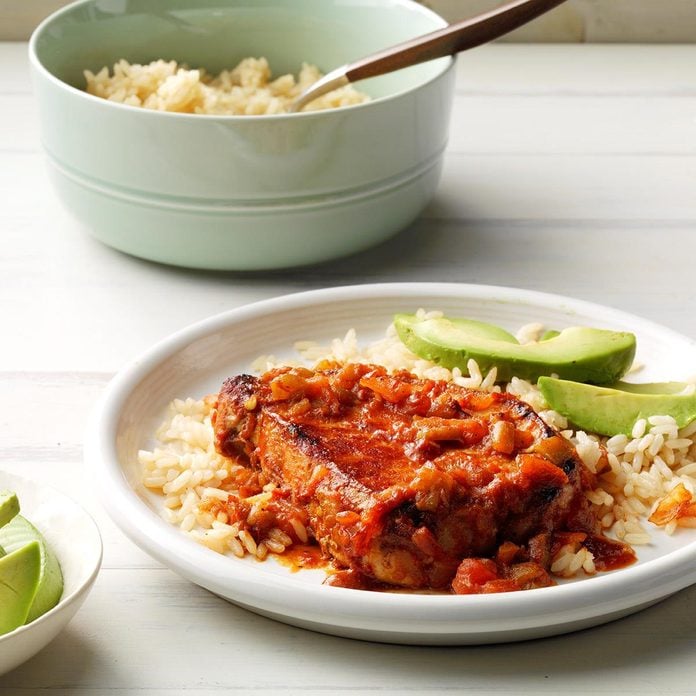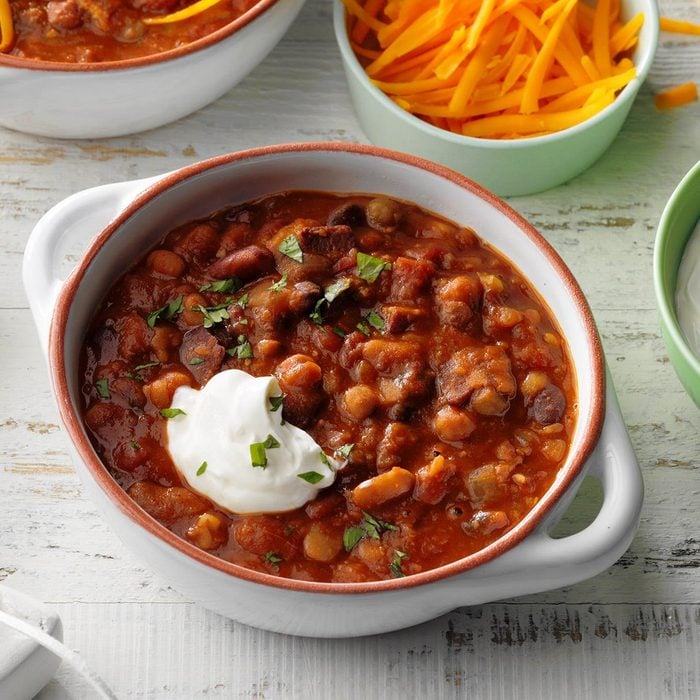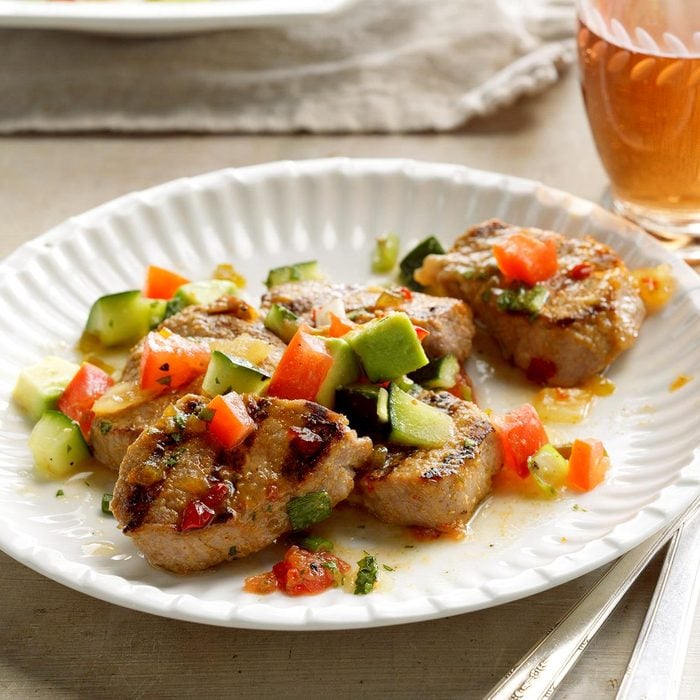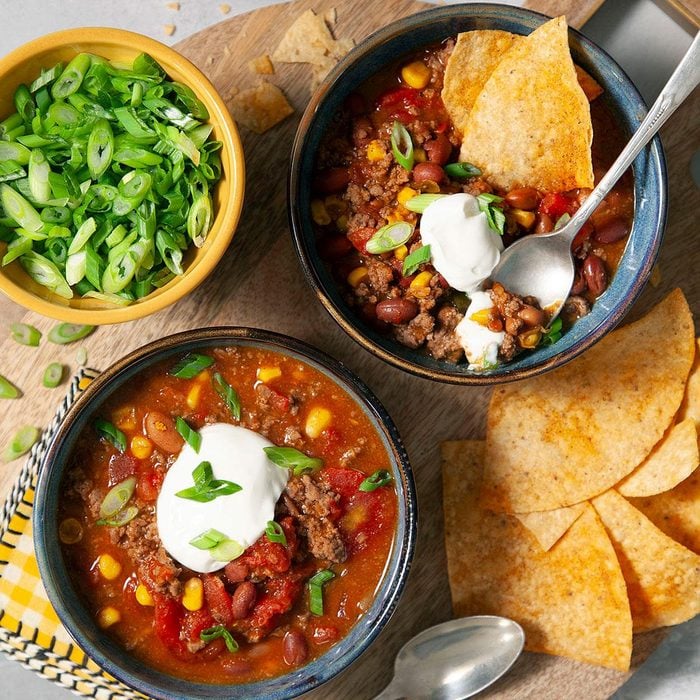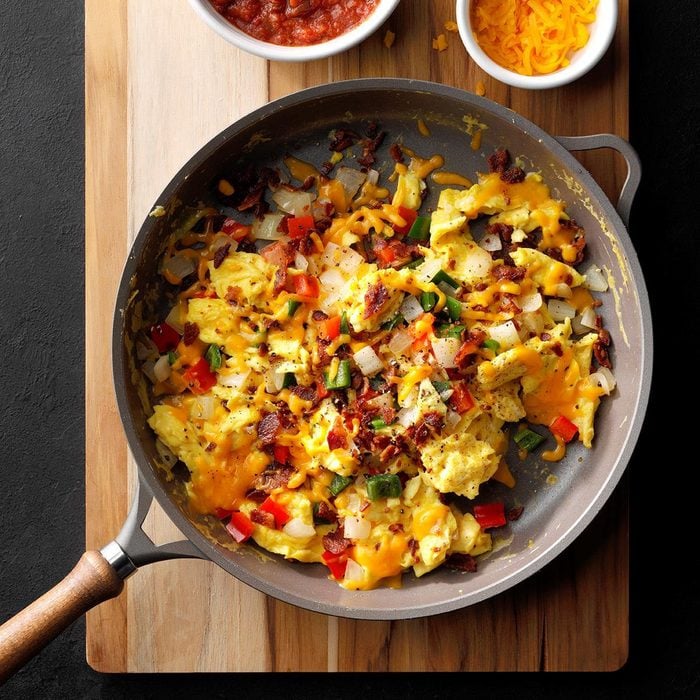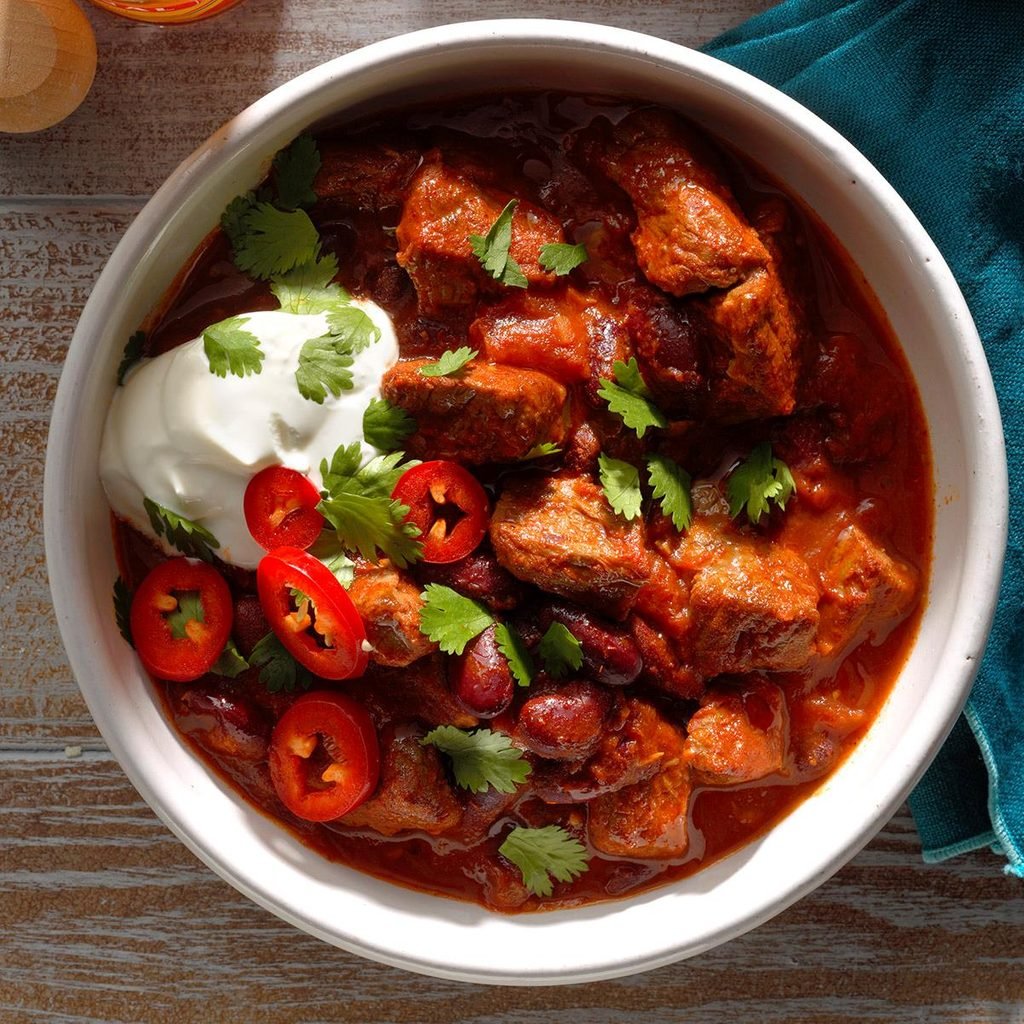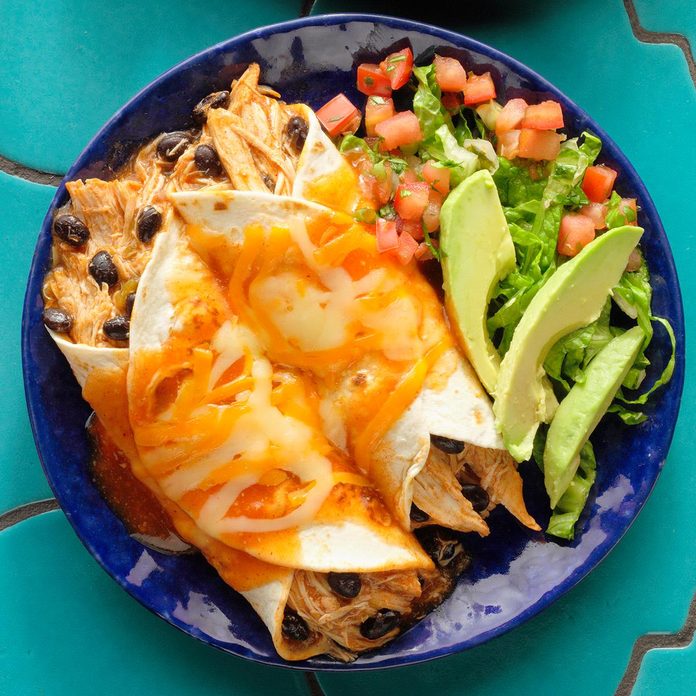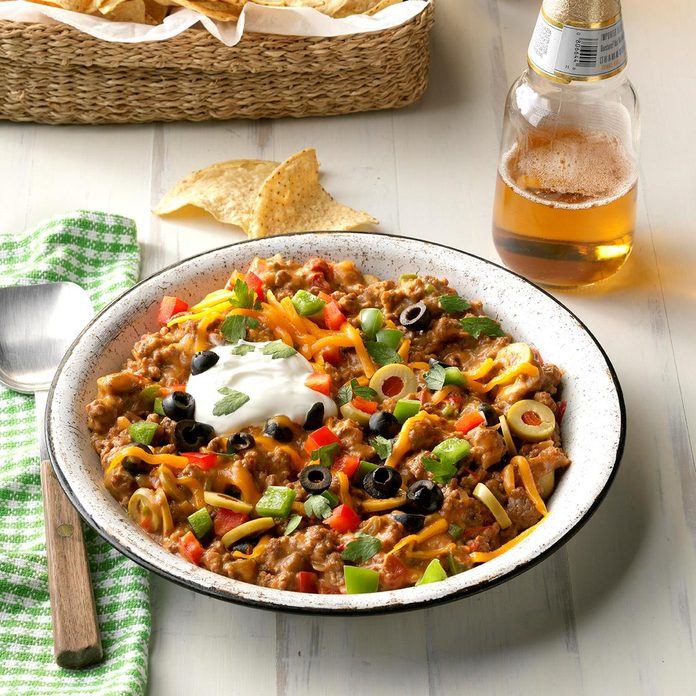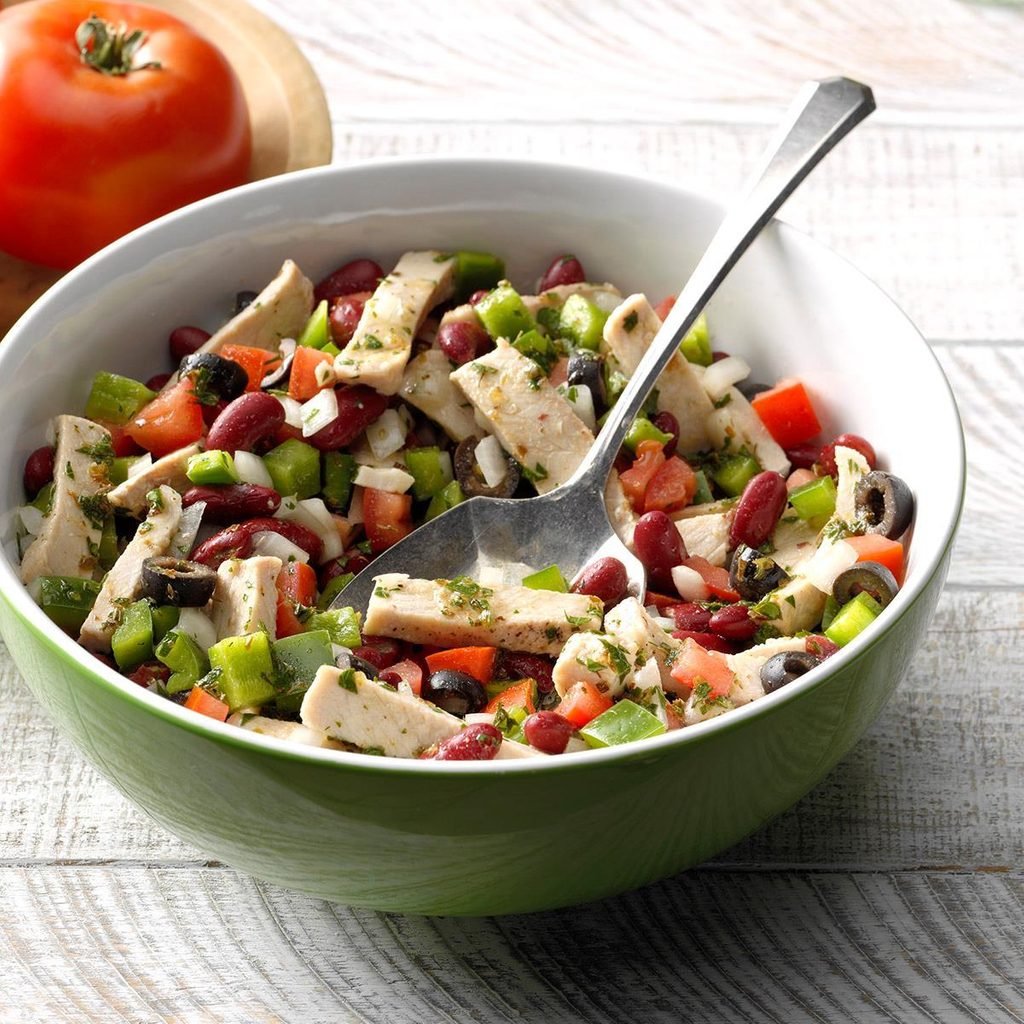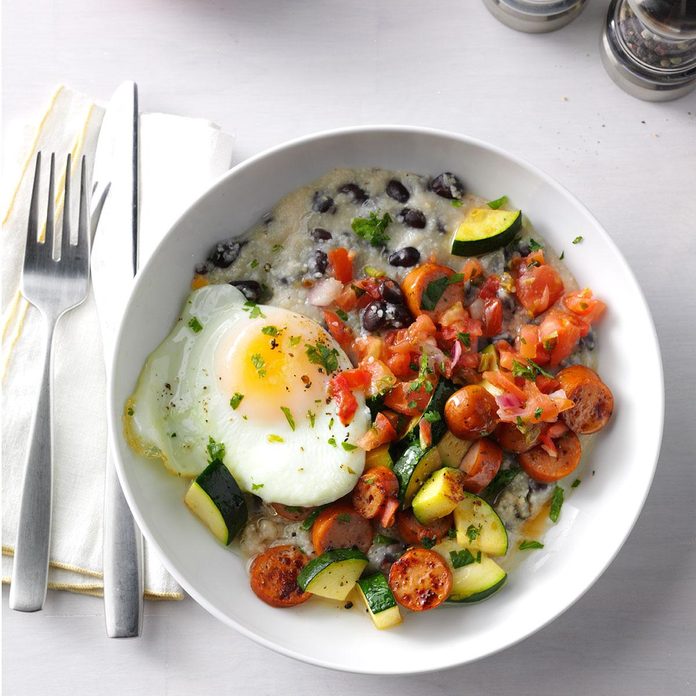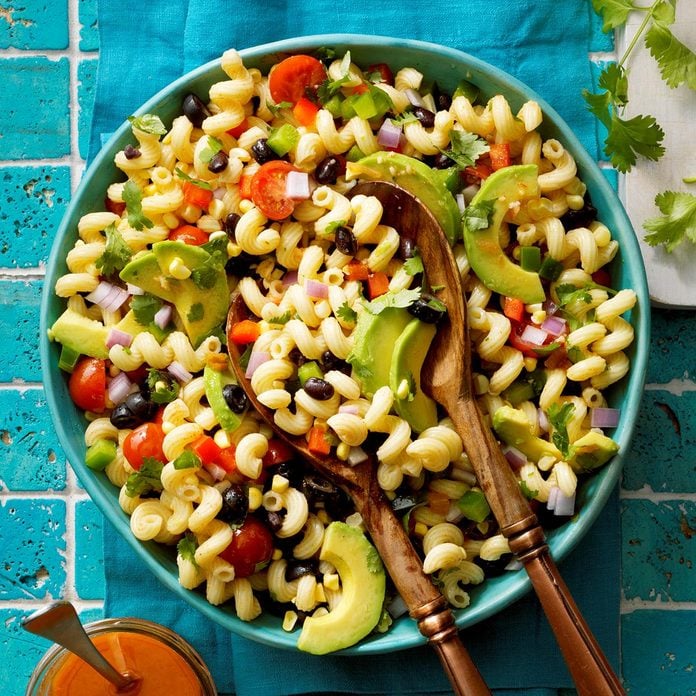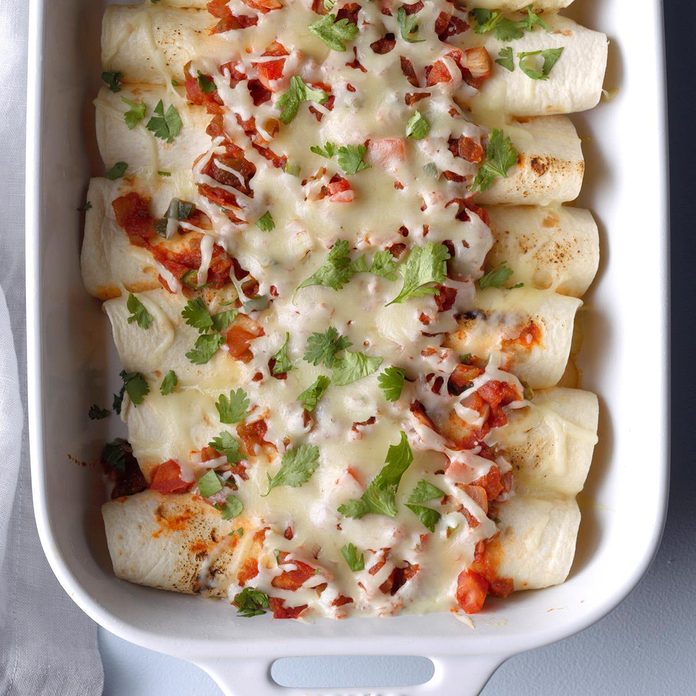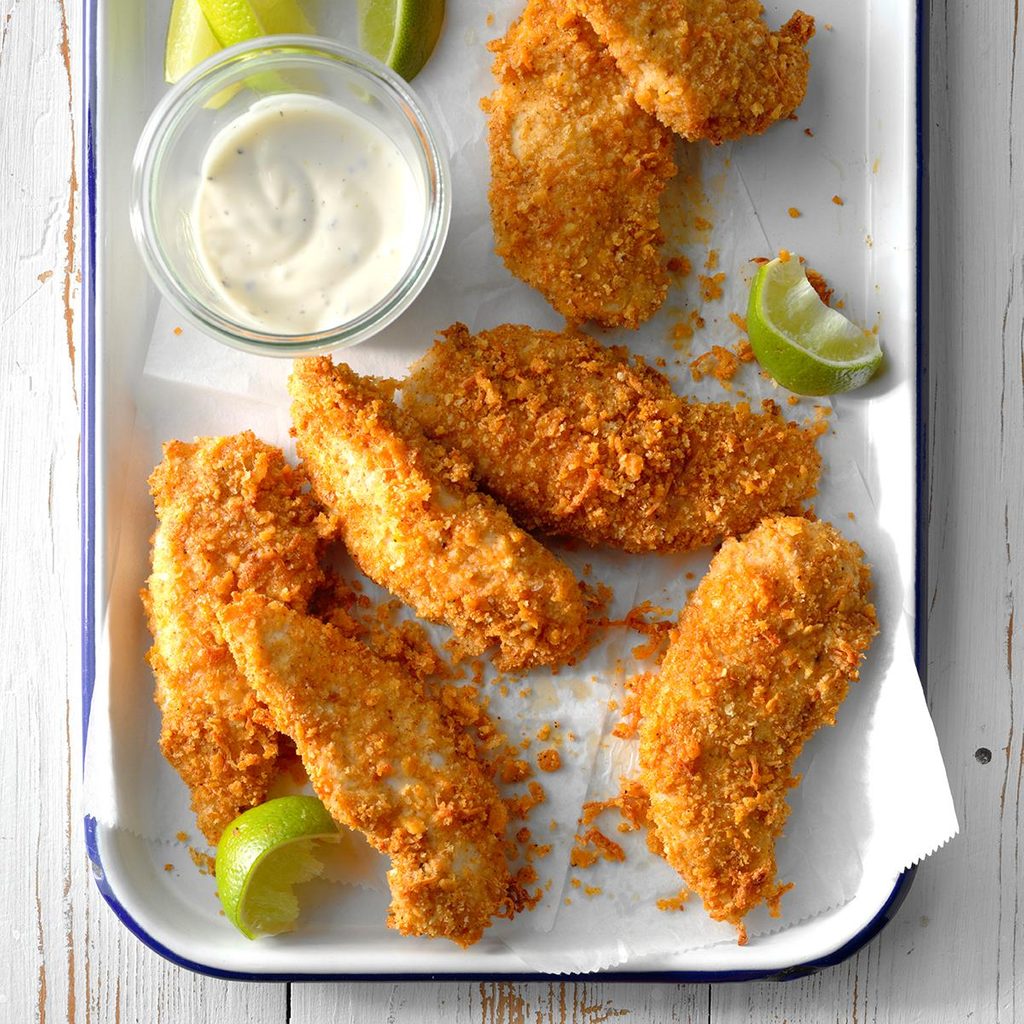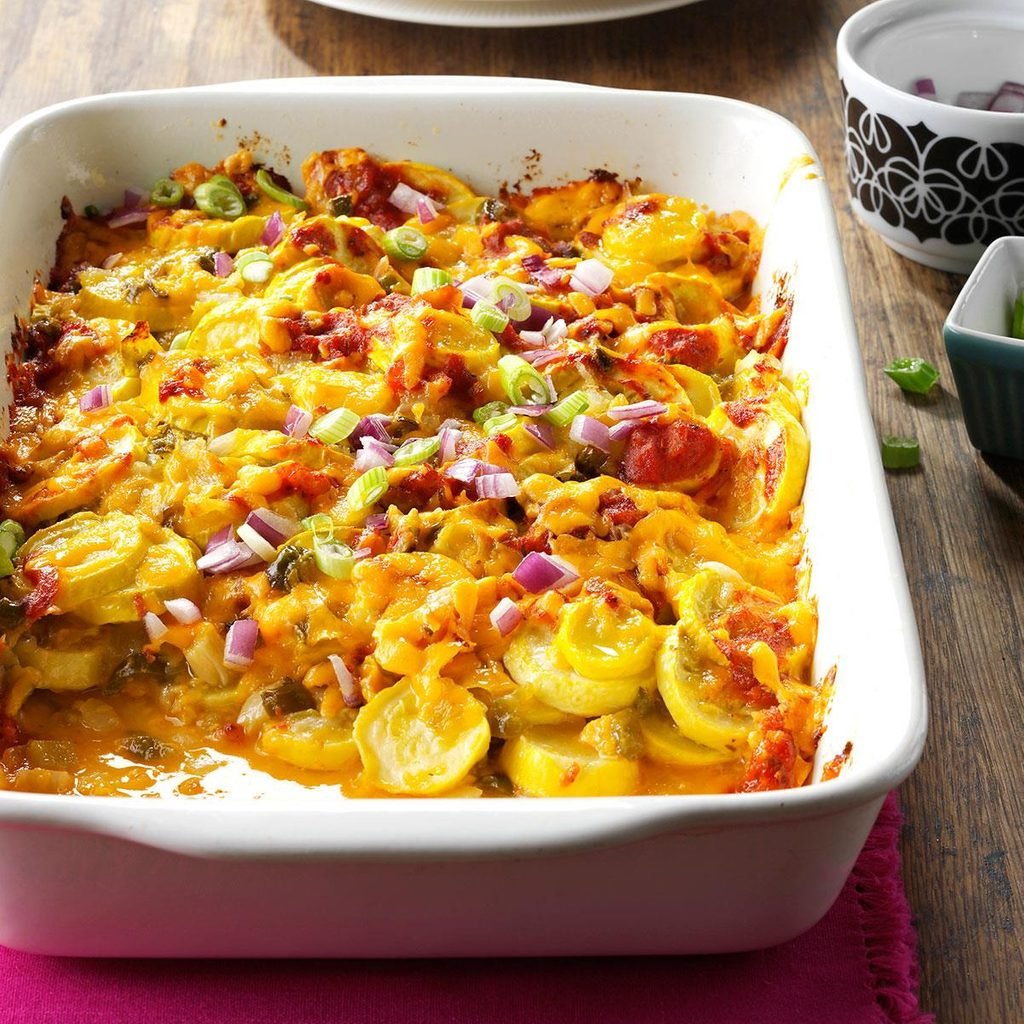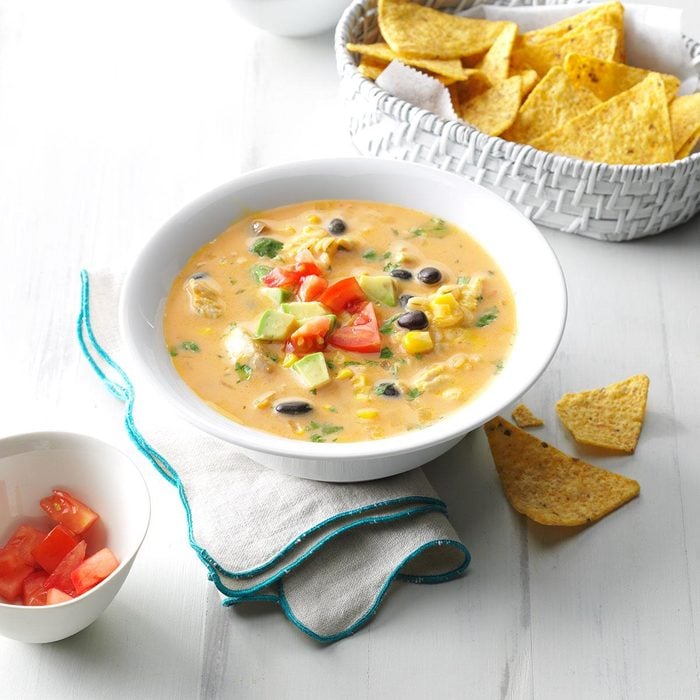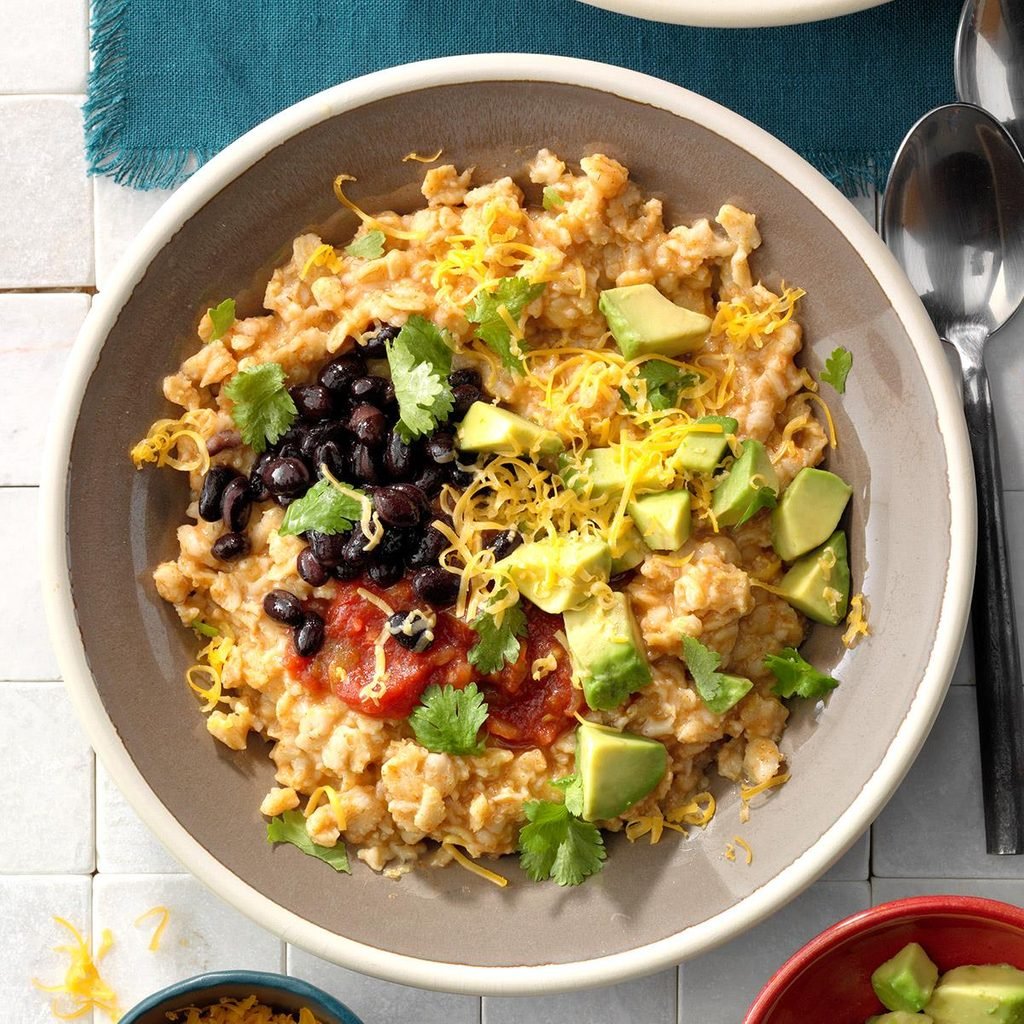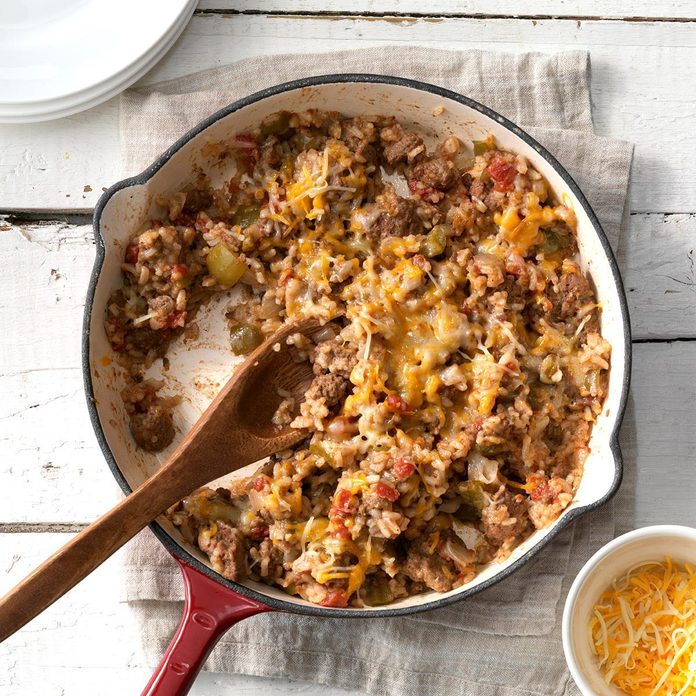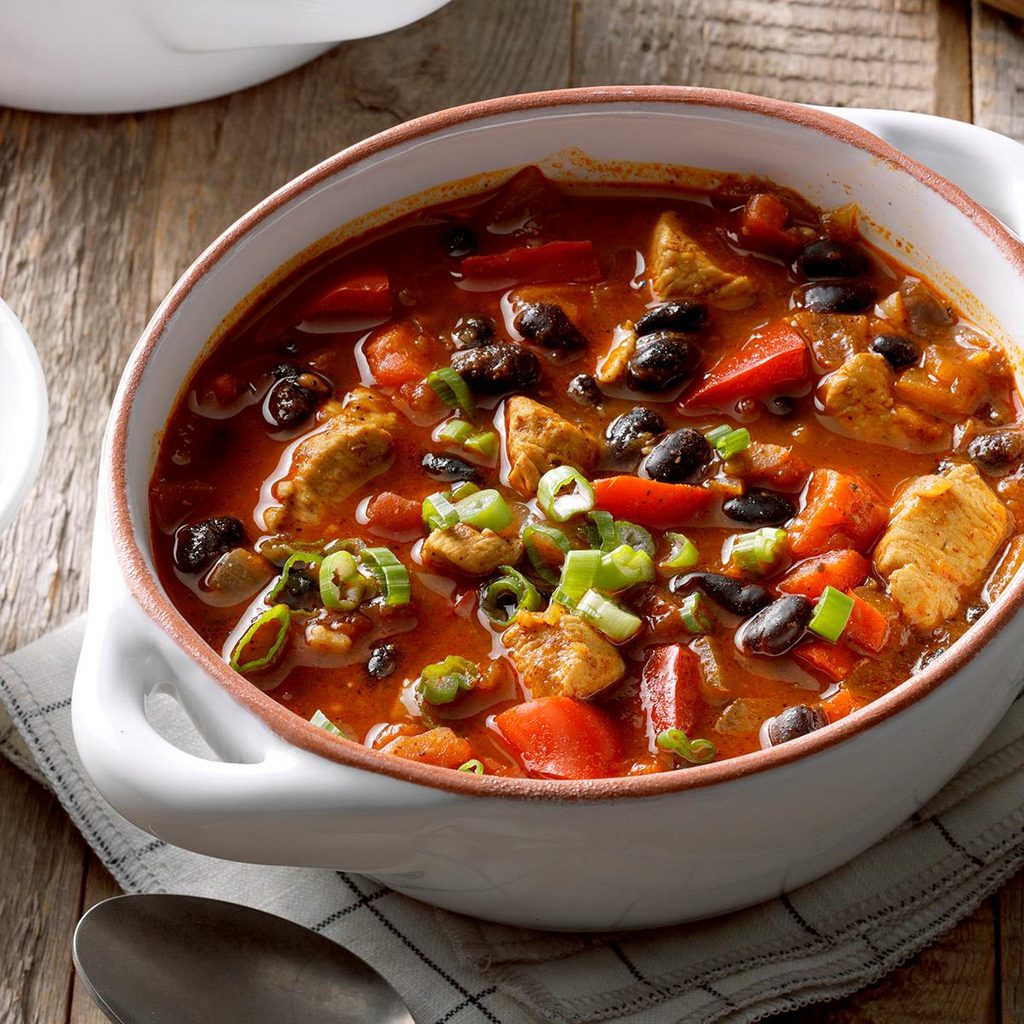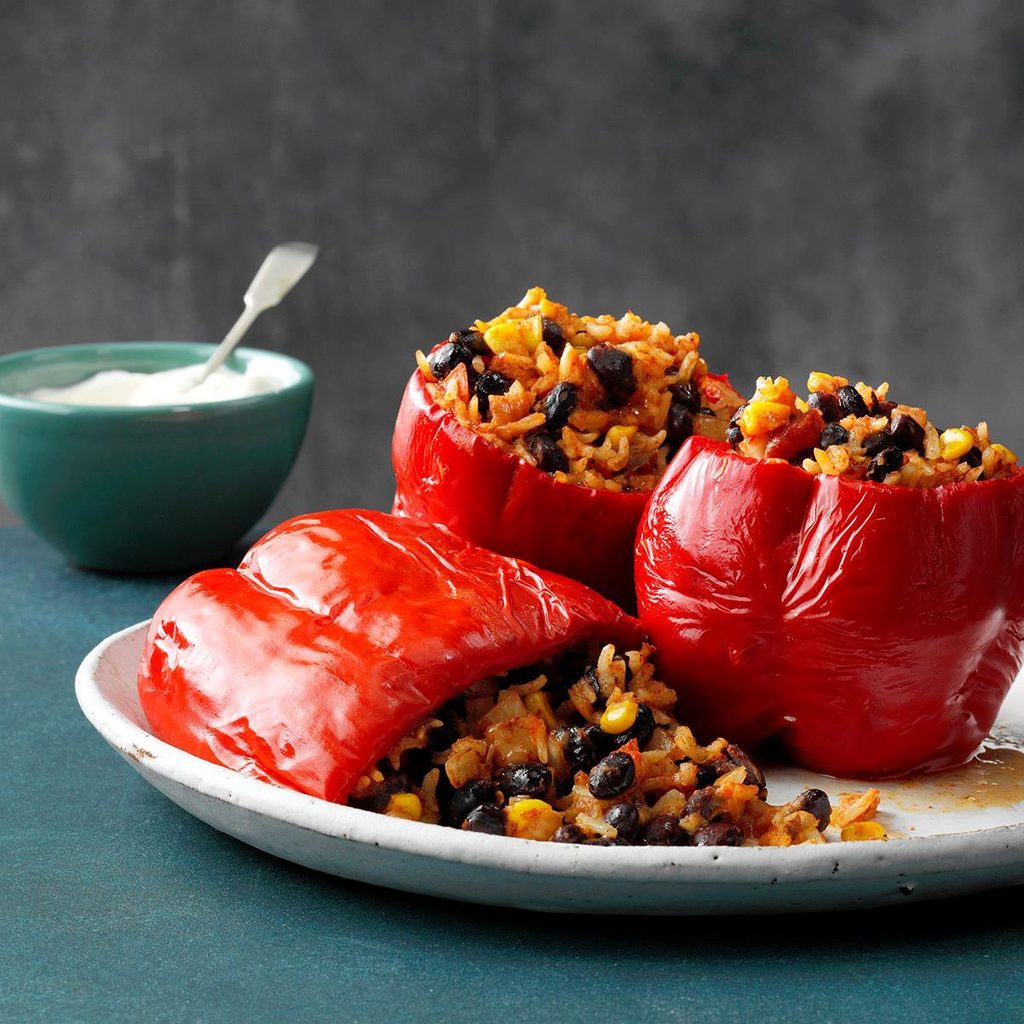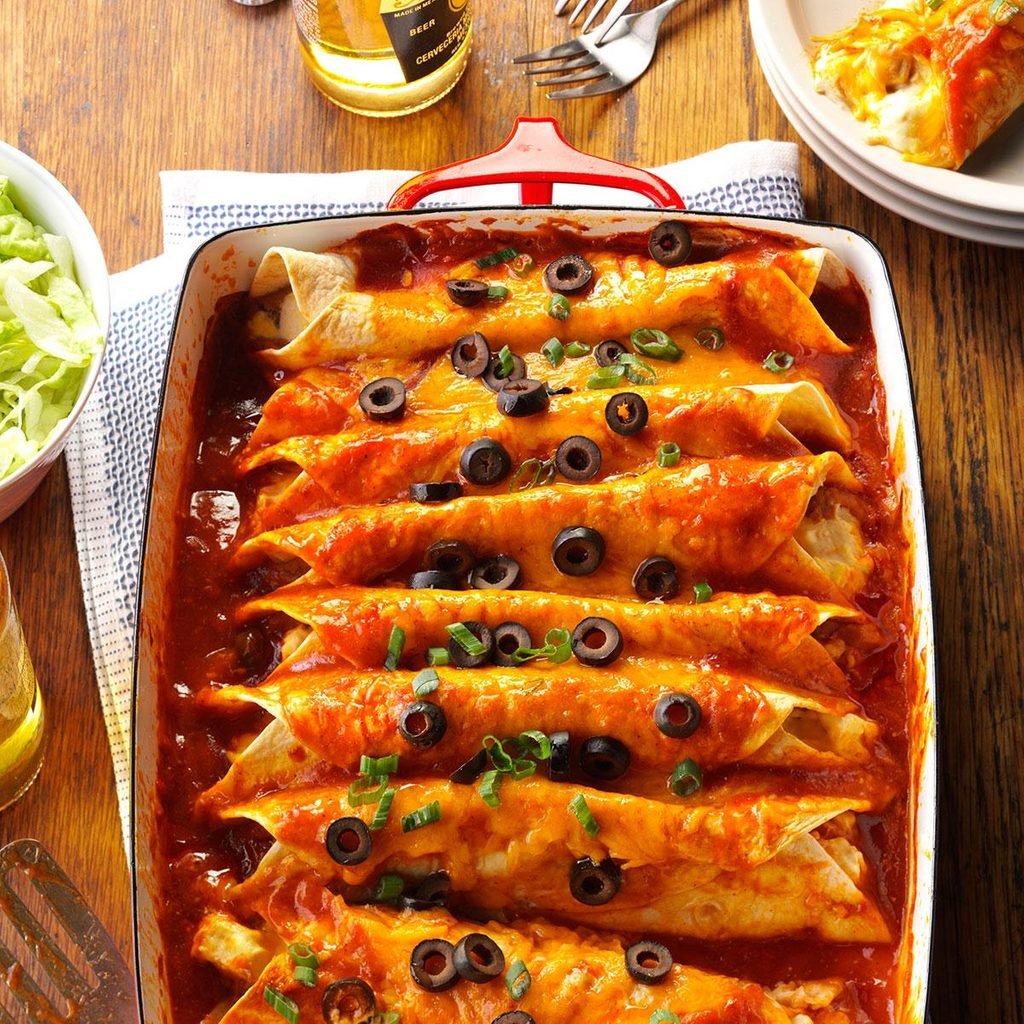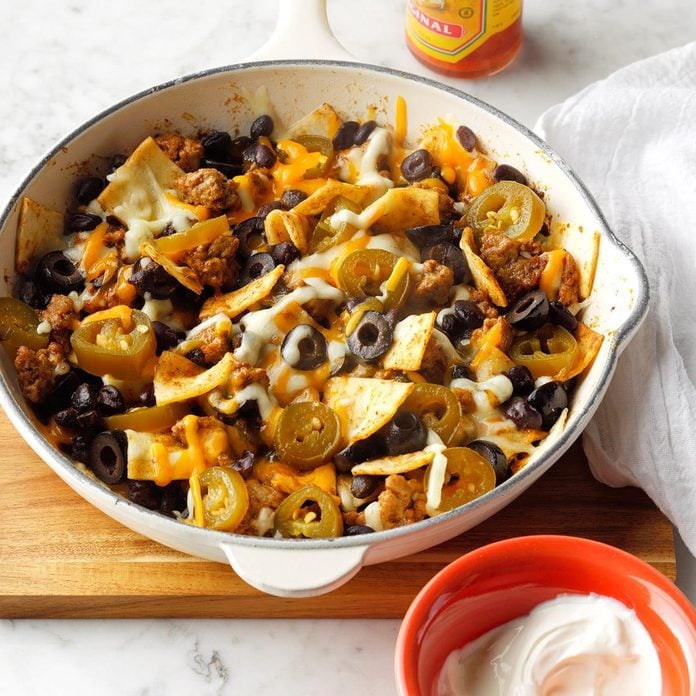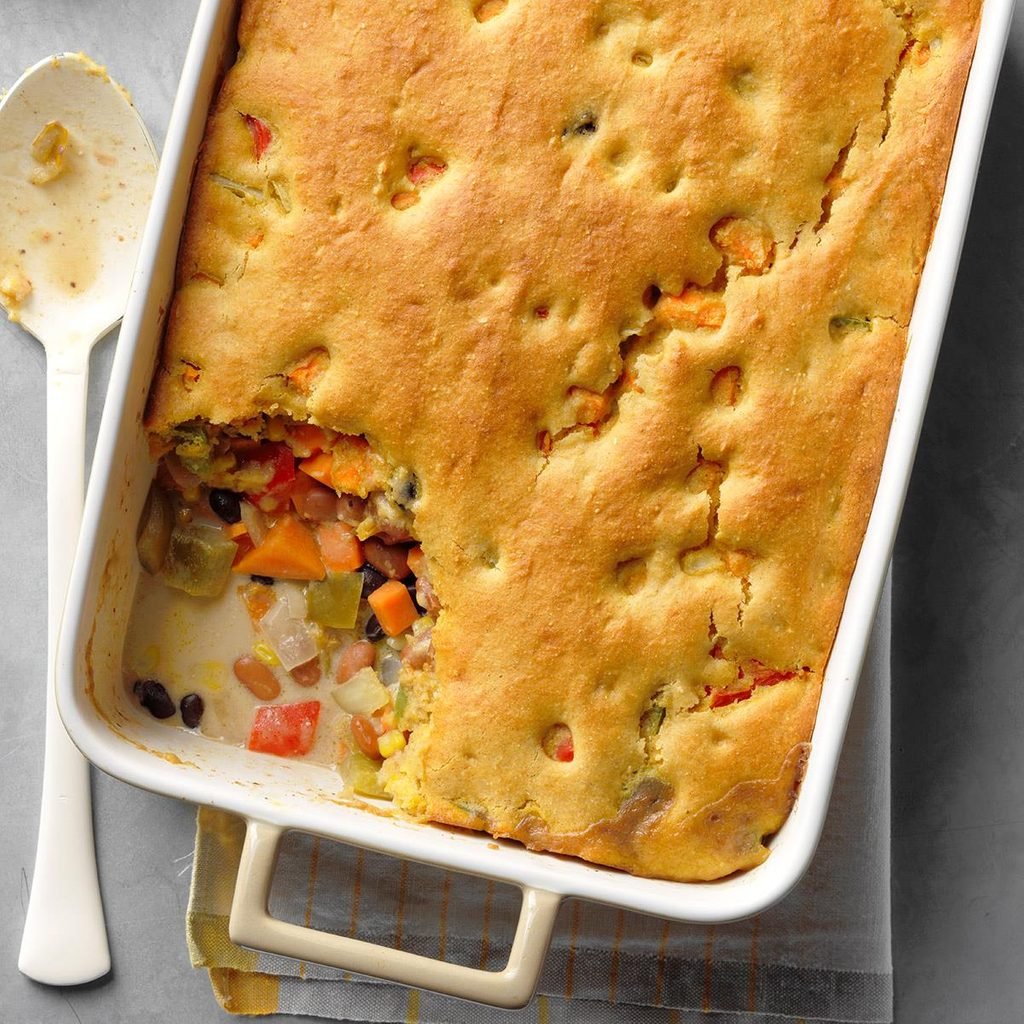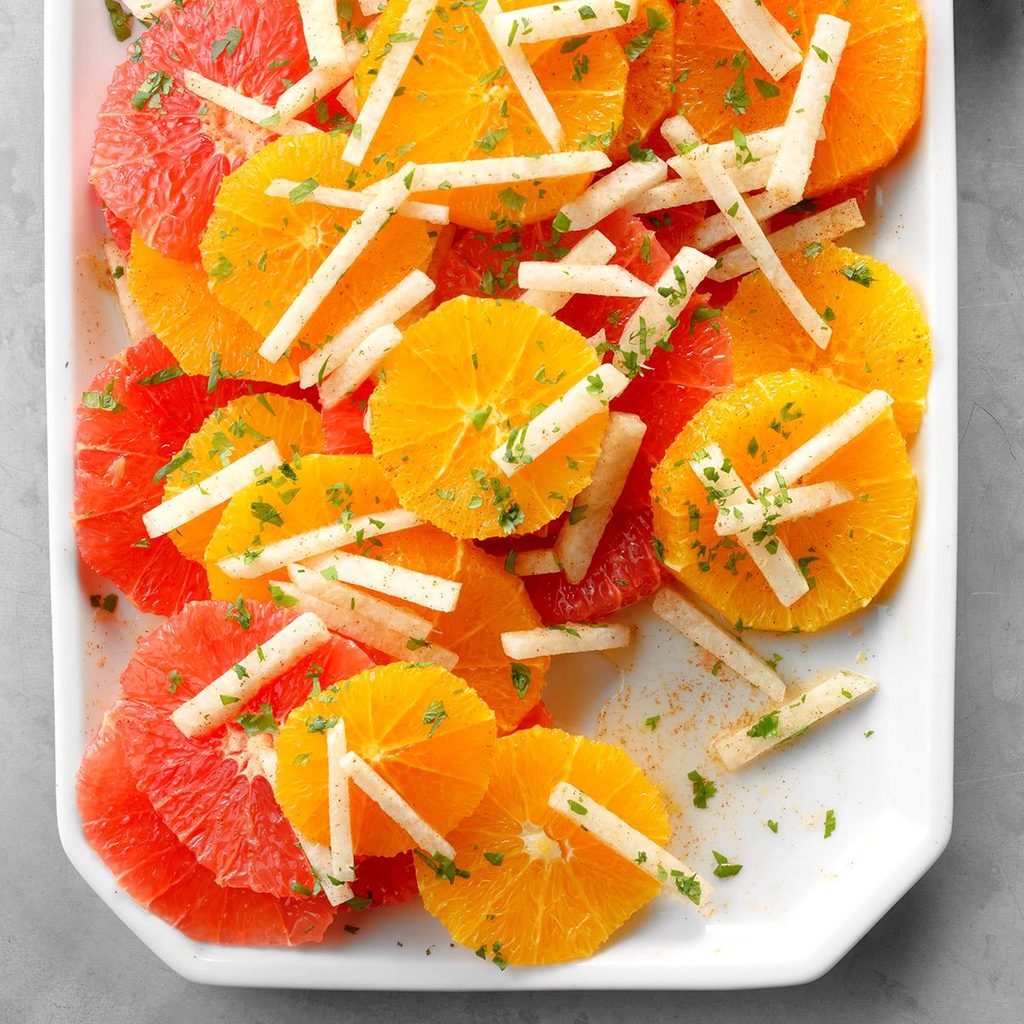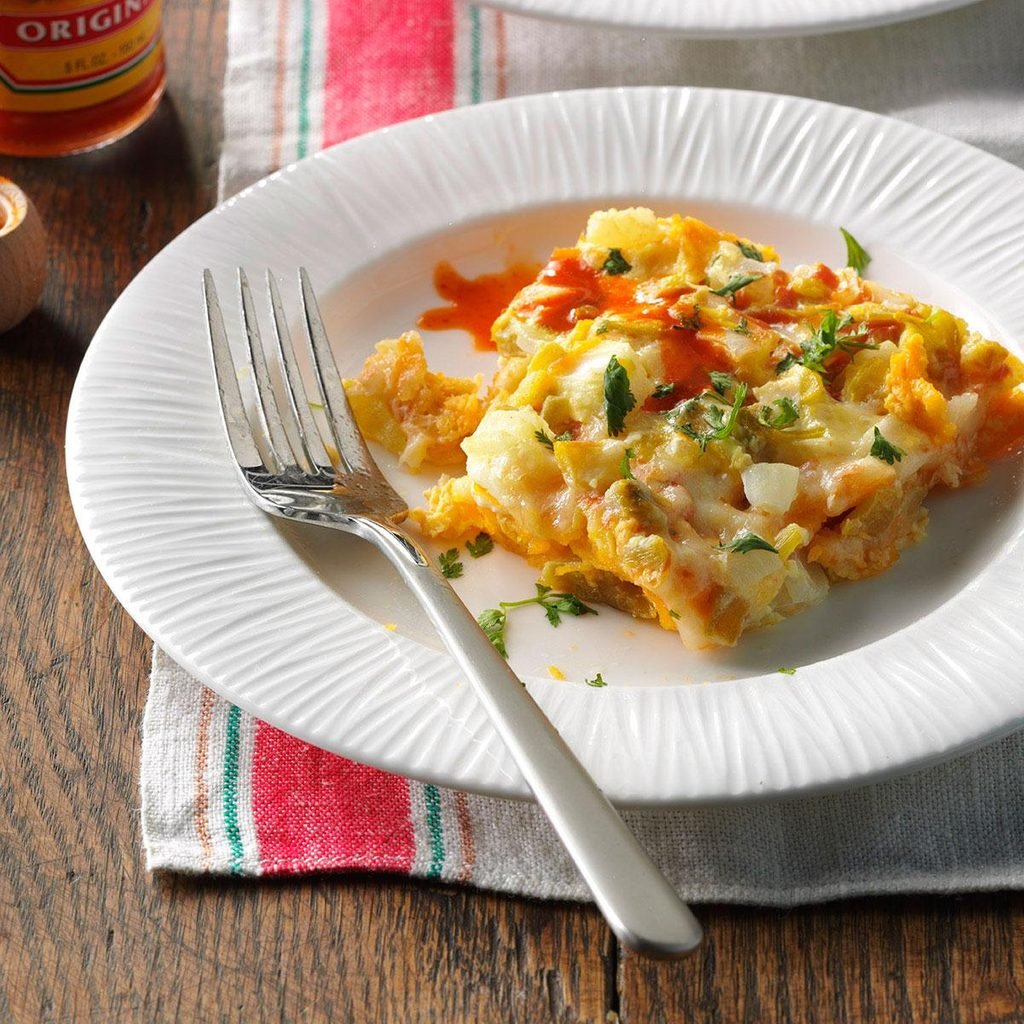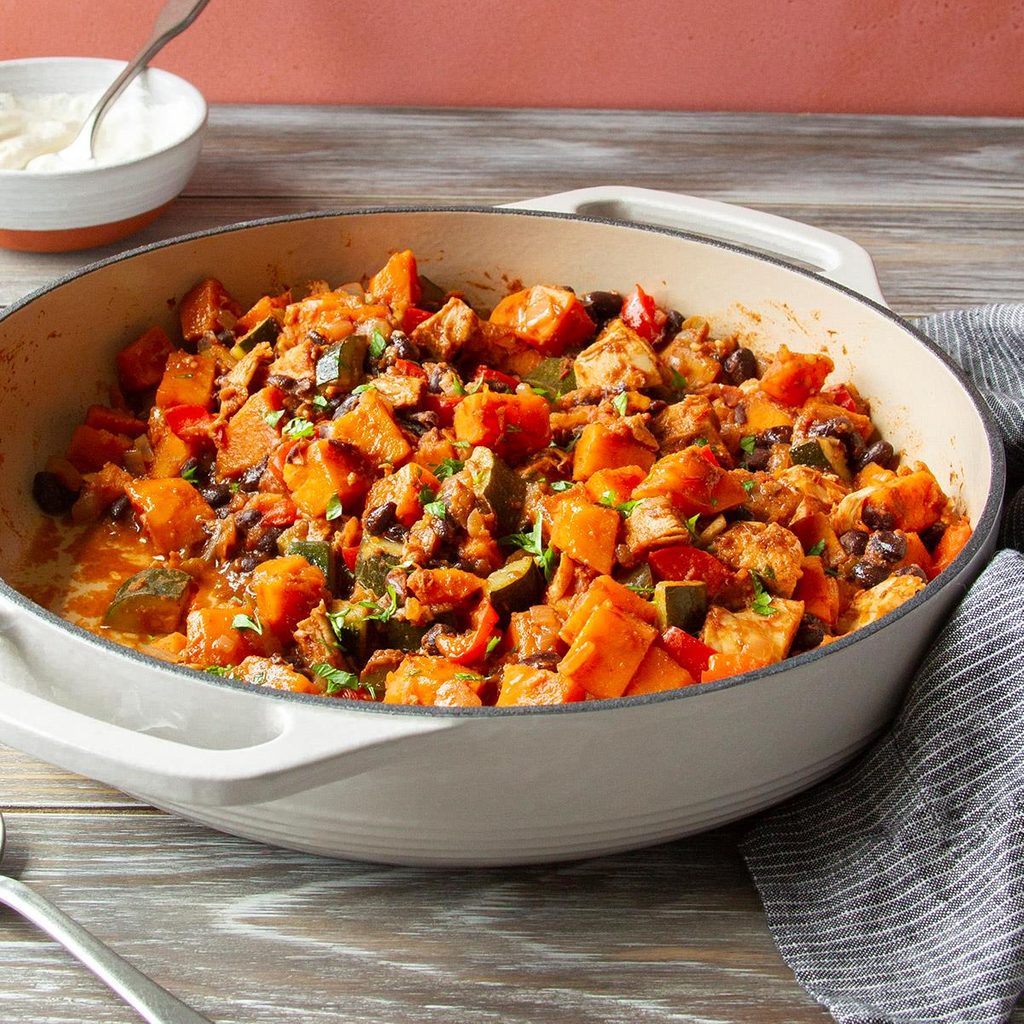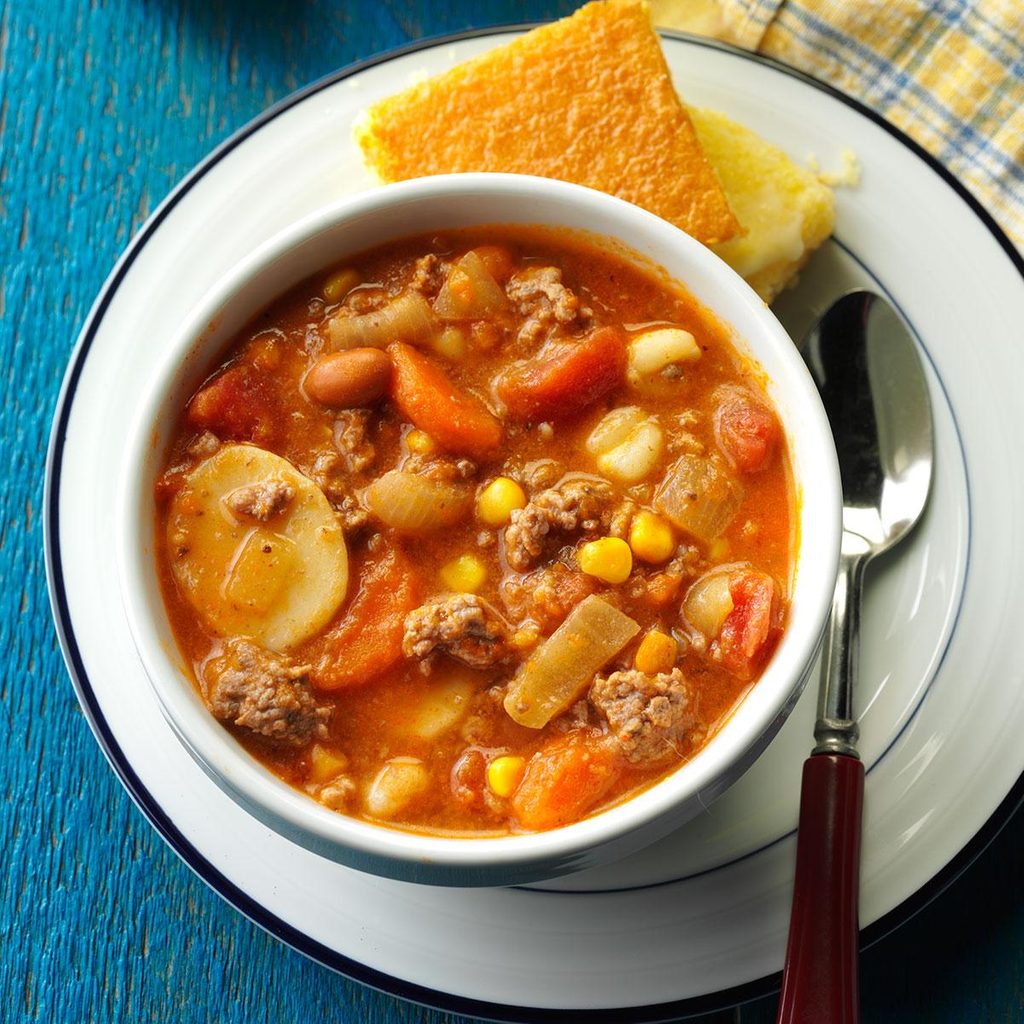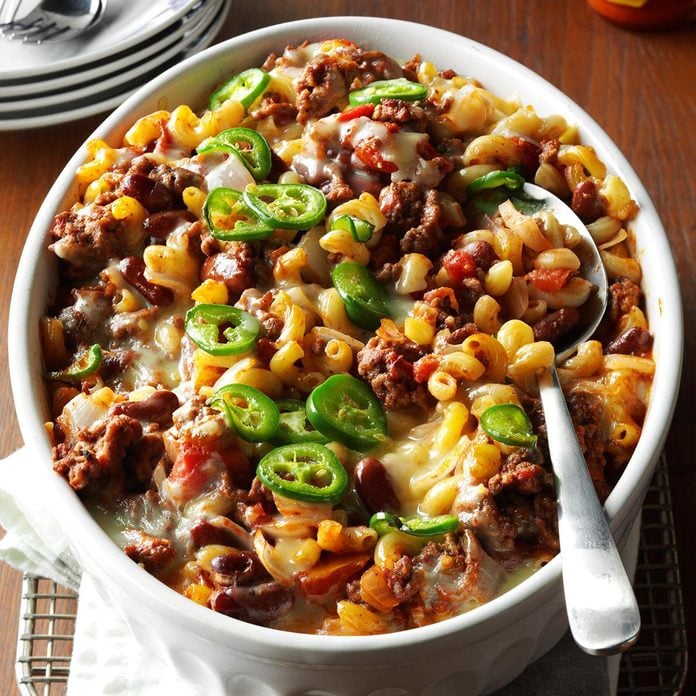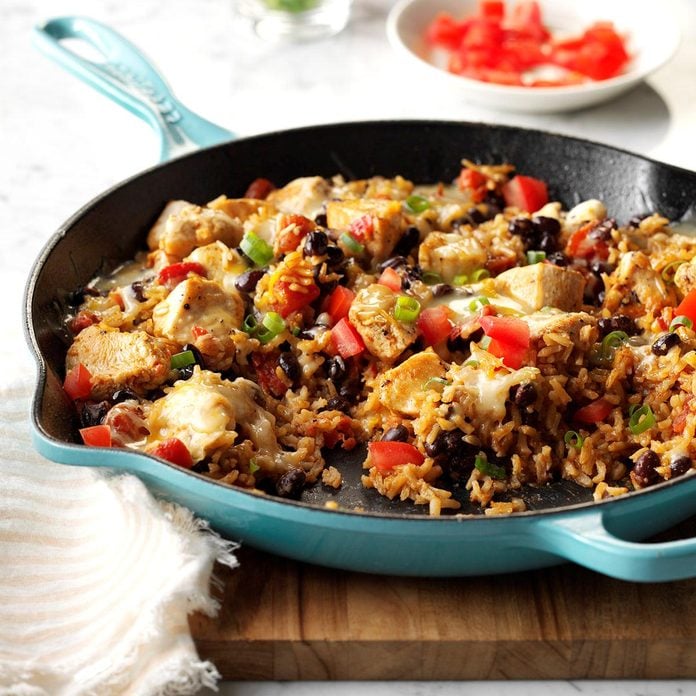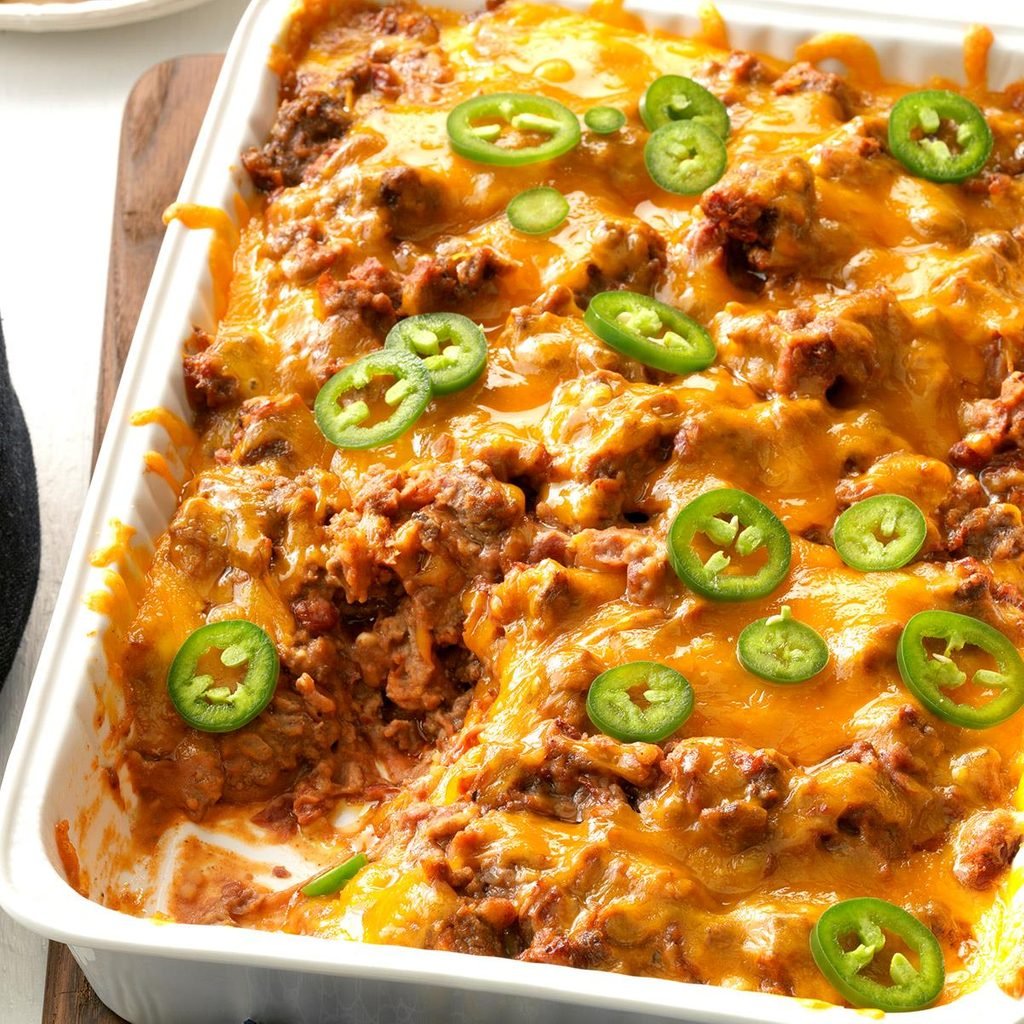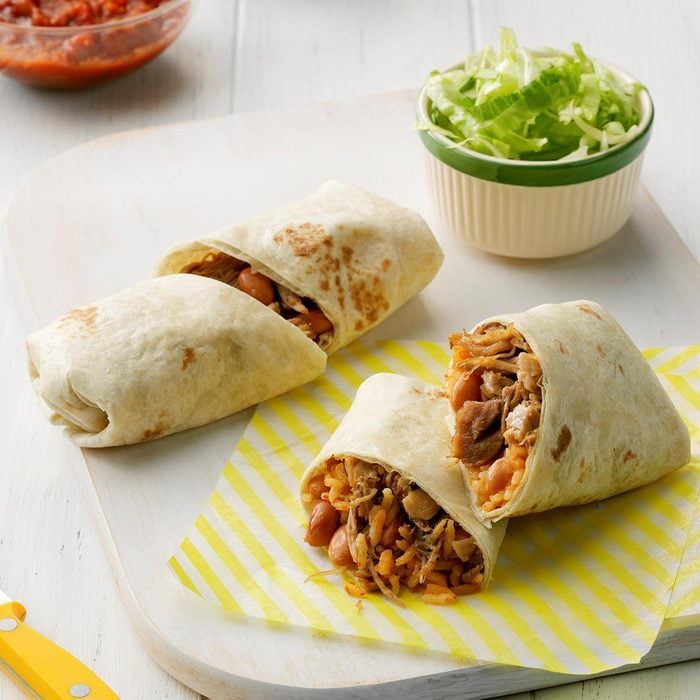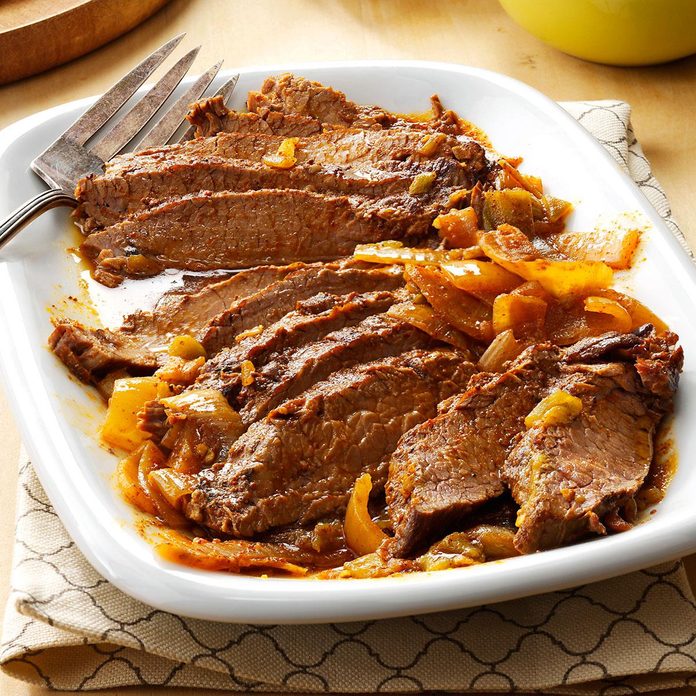What Is Tex-Mex Food—and What Makes This Style Iconic?
Updated: Oct. 18, 2022
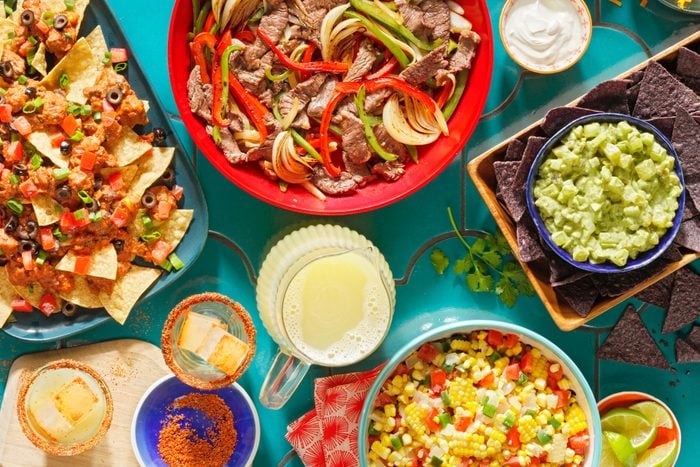
Tex-Mex is an integral part of America's food history, bound together by queso and chili peppers. What is Tex-Mex? And what makes it so unique?
Our editors and experts handpick every product we feature. We may earn a commission from your purchases.
Tex-Mex is a cuisine as American as apple pie. It’s long been dismissed as a distorted version of genuine Mexican food. But Tex-Mex was born in Texas, and all corners of the United States now boast incredible Tex-Mex restaurants.
This list of America’s most popular foods includes enchiladas, chili con carne, nachos and other Tex-Mex essentials!
What Is Tex-Mex?
Tex-Mex is “native foreign food,” according to journalist Waverly Root.
“It is native, for it does not exist elsewhere; it was born on this soil. But it is foreign in that its inspiration came from an alien cuisine; that it has never merged into the mainstream of American cooking and remains alive almost solely in the region where it originated,” Root wrote.
Tex-Mex exists in a liminal space of American cooking, where it belongs neither here nor there. To make things even more confusing, there is no simple definition of Tex-Mex. But it’s not simply Americanized Mexican cooking, that’s for sure. The term “Americanization” pays no homage to the people who called Texas home long before Anglo settlement.
The Early History of Tex-Mex
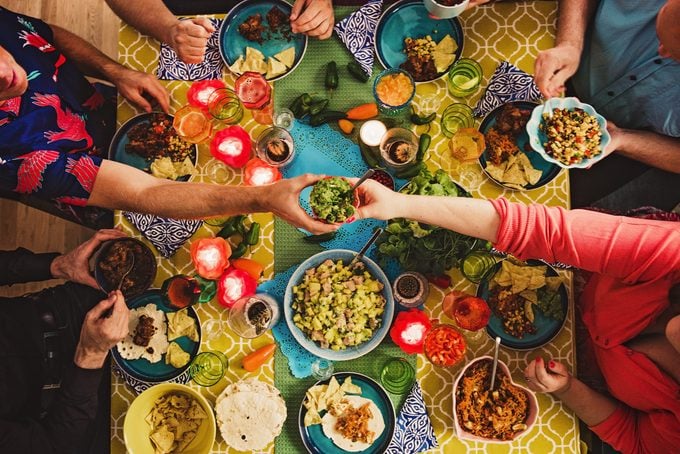
Robb Walsh, the author of The Tex-Mex Cookbook, believes Tex-Mex is “America’s oldest regional cuisine.” The history of Tex-Mex traces back to when the Spanish first colonized Texas in the 1580s. Food served on the Spanish missions represents the first intermingling of Native and European foodstuff on Texas land.
One of the early dishes that emerged was chili con carne. This was Tex-Mex’s first famous export to mainstream America, long before the term “Tex-Mex” was even coined.
The most popular story about chili’s American debut came during the World’s Columbian Exposition of 1983 in Chicago. Texas’ delegation is rumored to have created a scene straight from the streets of San Antonio to delight fairgoers: a chili stand. By then, chili was already developing a national reputation thanks to the chili queens of San Antonio.
Second to chili in early Tex-Mex exports? That would be tamales. At one point during the Gilded Age, tamales were a popular street food, akin to hot dogs. The tamalero, or tamale man, would shout “hot ta-ma-leeeees” to patrons in major metropolitan areas. The famous singsong mannerisms of the tamalero even appeared in film and music of the early 20th century.
Tex-Mex vs. Mexican Food

The most vocal critic against Tex-Mex may be Diana Kennedy, a British-born food writer who is considered one of the de facto authorities on Mexican cooking.
In The Art of Mexican Cooking, Kennedy writes, “Far too many people outside Mexico still think of [Mexican foods] as an overly large platter of mixed messes, smothered with a shrill tomato sauce, sour cream and grated yellow cheese preceded by a dish of mouth-searing sauce and greasy deep-fried chips.”
Kennedy argues that Tex-Mex is on par with the chop suey and chow mein of Chinese restaurants in the late 1960s.
There is merit to Kennedy’s criticisms—grease and cheese are certainly Tex-Mex staples—but what she describes is not representative of the complexity of Tex-Mex food.
I have been asked on more than one occasion what the difference between Tex-Mex and Mexican food is, and each time I would confidently respond, “cheese.”
This is not to say that Mexican food does not contain any cheese— queso Oaxaca and cotija come to mind— but what matters is the abundance of processed cheese.
Chef Joel Fried, the co-founder of El Dorado Cafe in Austin, helped me connect postwar convenience to American taste buds.
“When I was reading about yellow cheese, I kept coming to Spam and Velveeta in the postwar years,” Fried says. “Tex-Mex really started to grow postwar. There’s a lot of Velveeta around and the restaurant owners started using yellow cheese to try and make [traditional Mexican food] more palatable to the typical American.”
Must-Have Tex-Mex Ingredients
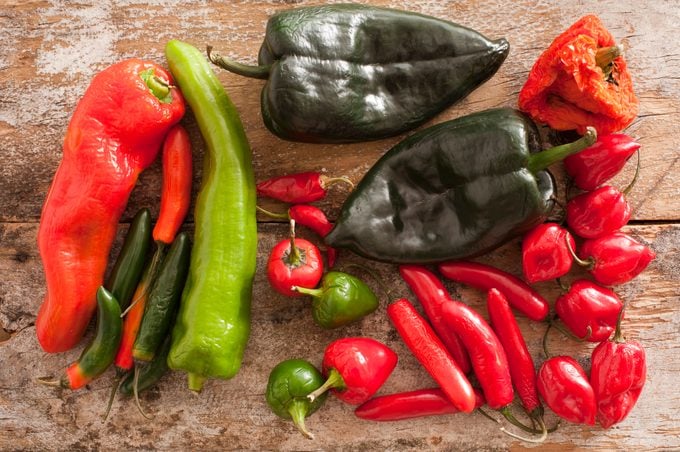
Tex-Mex is made up of unpretentious ingredients, both fresh and processed.
- Cumin: Cumin is a key ingredient that dates back to the Spanish mission days, when families from the Canary Islands brought the spice to what is now San Antonio.
- Chili peppers: To create Tex-Mex flavors, cooks use many types of chili peppers, such as the poblano.
- Beef: A homage to the Texas vaquero days, beef is a common ingredient and the base for influential dishes such as chili. It’s also a favorite filling for enchiladas or tamales. For more old-school variations of Tex-Mex cooking, lard is a key ingredient as well.
- Sour cream: Sour cream is another popular ingredient to add richness and texture to any dish. Jose Jaimes is the owner and operator of Mexigo and Don Pepe’s Rancho in North Texas. For over 30 years, the restaurateur has delighted customers with his dishes and credits sour cream as one of his hallmark ingredients.
- Cheese: Perhaps the most ubiquitous ingredient on a Tex-Mex menu is melty, yellow cheese. For better or for worse, cheese is the ingredient that fuses two once-opposing cultures to create a brand-new cuisine.
Popular Tex-Mex Dishes
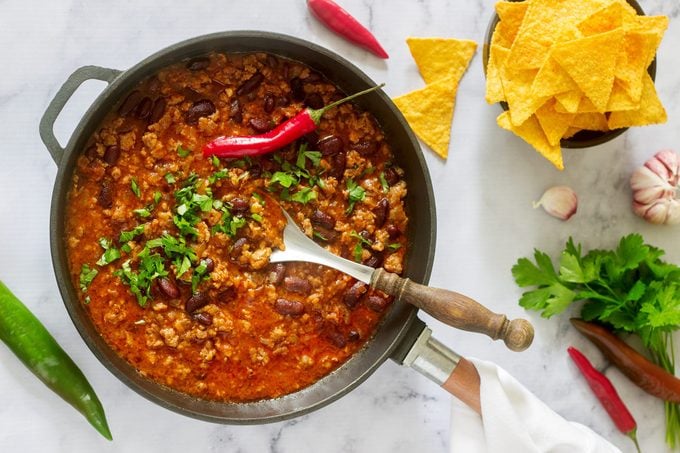
Aside from common ingredients, what else makes Tex-Mex, well, Tex-Mex? It has to be from Texas.
Burritos, chimichangas and fish tacos are some examples of dishes that borrow the title “Tex-Mex” but originate from elsewhere in the U.S. As a result, they are omitted from this list of popular Tex-Mex recipes.
- Chili con carne: Chili con Carne easily tops the list of Tex-Mex recipes. According to an oral history from Raul Molina Jr. of Molina’s Restaurant in Houston, “Spaghetti and chili was the original Tex-Mex dish.” For those who want to recreate this old-fashioned Southwestern staple, our Southwestern Spaghetti recipe might do the trick.
- Tamales: This Tex-Mex street food has remained popular for more than a hundred years. It’s worth learning how to make tamales at home.
- Enchiladas: Chef Fried of El Dorado Cafe in Austin makes it clear that cheese enchiladas are his quintessential Tex-Mex dish. To him, enchiladas represent the comfort that comes with eating Tex-Mex. For cooks that can’t make the trip to Austin, this recipe for Easy Beef Enchiladas should satisfy cravings.
- Fajitas: Fajitas are an iconic dish but a relatively late newcomer, entering the mainstream Tex-Mex scene in the late 1960s. Gustavo Arellano writes in Taco USA: How Mexican Food Conquered America that fajita, or the outside skirt steak of the cow, was considered a lower-class food for many years. But fajita’s revolutionary turn came in 1969 when a Laredo restaurant called Round-Up served the dish on a sizzling platter.
- Tortilla soup: Jose Jaimes, the North Texas restaurateur, picks Chicken Tortilla Soup as his standout Tex-Mex dish. It’s also one of his most popular menu items, and worth checking out if you’re near North Texas.

